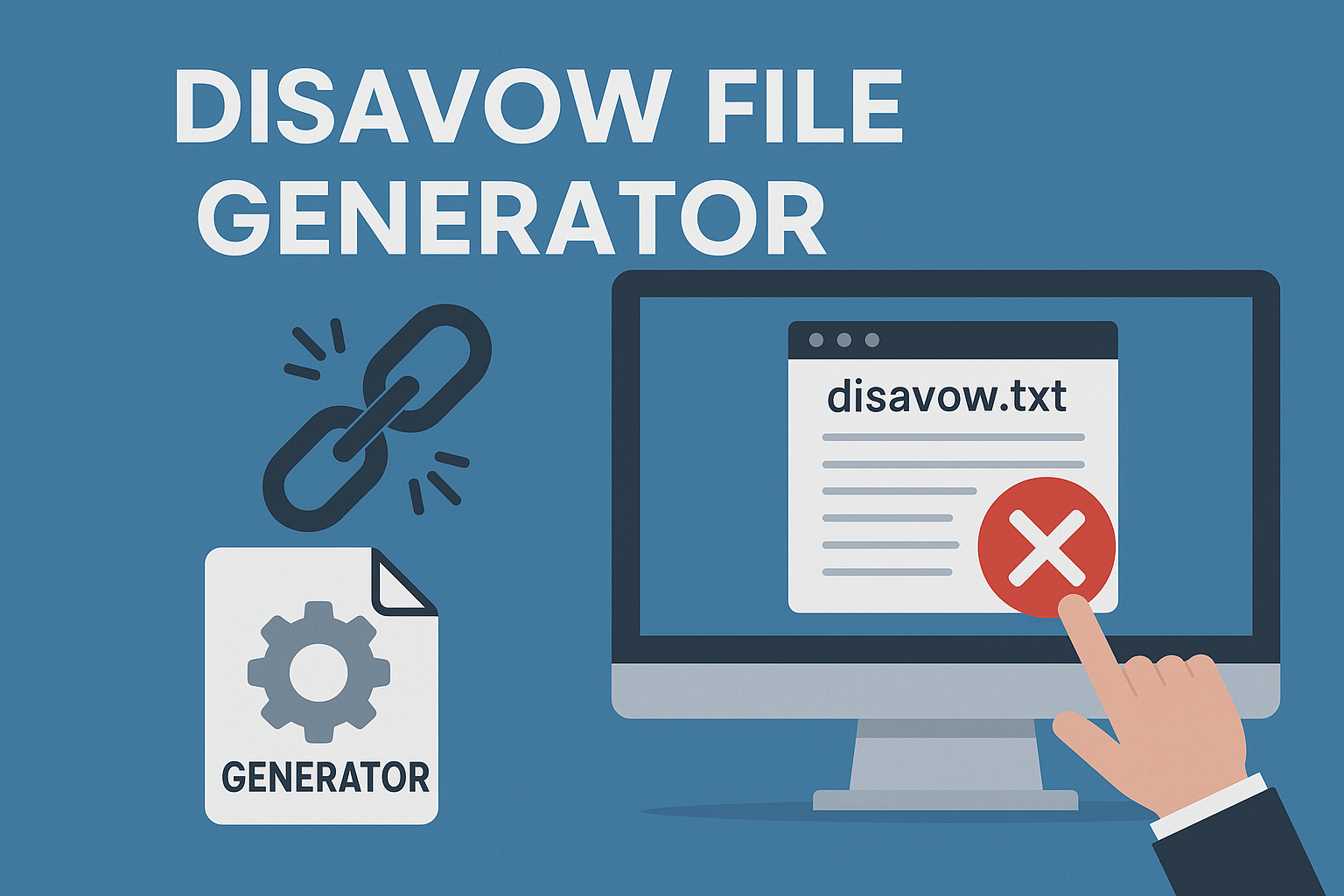Substack vs WordPress: Complete Platform Comparison for Content Creators
Choosing the right content creation platform can feel overwhelming when you’re ready to share your ideas with the world. Both options offer powerful tools for independent writers, but they serve different purposes and come with unique strengths.
Substack has become the go-to choice for creators focused on email newsletters and paid subscriptions. It’s designed specifically for the creator economy, making monetization straightforward from day one.
Meanwhile, WordPress powers over 40% of all websites globally. This versatile content management system gives you complete control over your online presence, whether you’re building a personal blog or a complex publishing site.
This newsletter platform comparison will walk you through everything you need to know. We’ll cover ease of use, pricing structures, monetization potential, and SEO capabilities. You’ll discover honest insights that help match your specific goals with the right publishing tool.
Here’s the good news: there’s no universal “best platform for writers.” Your ideal choice depends on your technical comfort level, content strategy, and long-term vision. Some creators even use both platforms together successfully, which we’ll explore later.
Key Takeaways
- Substack specializes in email newsletters with built-in subscription tools, while WordPress offers broader website customization and control
- Your blogging platform choice should align with your technical skills, monetization goals, and content distribution strategy
- WordPress powers 40% of websites globally, offering extensive flexibility for various content types beyond newsletters
- The best platform for writers depends on individual needs rather than universal superiority of one option
- Some content creators successfully combine both platforms to maximize reach and revenue opportunities
- This comparison covers pricing, ease of use, SEO capabilities, and monetization to help you make an informed decision
What Are Substack and WordPress?
Both Substack and WordPress help you publish content online, but they approach this goal in dramatically different ways. Understanding what each publishing platform was designed to do will help you make a smarter choice. Let’s break down the essential characteristics of each option.
A Newsletter Platform Built for Writers
Substack launched in 2017 with a clear mission: make it simple for writers to build direct relationships with readers through email. Unlike traditional blogging platforms, Substack functions primarily as an email newsletter service. Writers create content that gets delivered straight to subscriber inboxes.
The platform combines everything a newsletter creator needs in one package. You get writing tools, email delivery systems, payment processing, and a basic website to showcase your work. No technical setup required—you can start publishing within minutes of signing up.
Substack built its reputation around paid subscriptions. Writers can offer free content to build an audience, then convert readers into paying subscribers. The platform handles all the billing automatically and takes a percentage of your earnings rather than charging upfront fees.
The appeal is simple: focus on writing, not technology. Substack removes nearly all technical barriers between you and your readers. This makes it especially attractive for journalists, essayists, and content creators who want to monetize their writing without learning web development.
A Flexible Content Management System
WordPress tells a different story. This content management system has powered websites for over two decades, making it the most popular blogging software in the world. More than 40% of all websites run on WordPress, from personal blogs to major news organizations.
Here’s where things get important: WordPress comes in two versions. WordPress.org is the self-hosted, open-source software you install on your own web hosting. WordPress.com is a hosted service that runs WordPress for you, similar to how Substack works.
WordPress started as simple blogging software but evolved into a complete website builder. Today, you can transform WordPress into virtually anything—online stores, membership sites, portfolios, forums, or traditional blogs. The massive ecosystem of themes and plugins lets you customize every detail.
This flexibility comes with a trade-off. WordPress requires more technical knowledge than Substack, especially if you choose the self-hosted route. You’ll need to handle hosting, domain registration, security updates, and plugin compatibility. Greater power means greater responsibility.
Two Different Philosophies
The fundamental difference between these platforms isn’t just features—it’s philosophy. Substack embraces a “less is more” approach, intentionally limiting options to keep things simple. WordPress believes in “maximum control,” giving you the tools to build exactly what you envision.
Substack prioritizes the writer-reader relationship through email delivery. Your content reaches subscribers directly, creating intimate connections. WordPress focuses on building a web presence where readers discover you through search engines and social shares.
| Aspect | Substack Approach | WordPress Approach |
|---|---|---|
| Primary Focus | Email newsletters and subscriber relationships | Website building and content publishing |
| Design Philosophy | Simplicity and constraints | Flexibility and customization |
| Target User | Writers wanting quick monetization | Anyone building a web presence |
| Learning Curve | Minimal—start immediately | Moderate to steep depending on goals |
Substack built their platform for writers who want to write and get paid, period. WordPress built theirs for people who want complete ownership and control over their digital presence. Neither approach is inherently better—they serve different needs and priorities.
These philosophical differences ripple through every feature comparison we’ll explore. Understanding this foundation helps explain why certain tasks feel natural on one platform but complicated on the other.
Ease of Use and Setup Process
For many creators, the first hurdle isn’t creating content—it’s navigating the website setup process without getting overwhelmed. The difference between Substack and WordPress in terms of initial setup can be dramatic. Understanding what you’re signing up for helps you choose the platform that matches your comfort level and available time.
Your choice between these platforms often comes down to a simple question: Do you want to start publishing immediately, or are you willing to invest time upfront for more control later? Both approaches have merit, depending on your goals and technical confidence.
Getting Started with Substack in Minutes
Substack delivers on its promise of being an easy to use platform from the very first interaction. The signup process requires just an email address and a password. Within seconds, you’re inside your dashboard, ready to create.
You’ll choose a publication name and customize a few basic settings like your profile description. There’s no complicated platform setup to navigate. The interface guides you naturally from one step to the next, asking only for essential information.
Publishing your first post can genuinely happen within 15 to 20 minutes of creating your account. Substack’s editor resembles a clean email composer. You write your headline, add your content, and click publish—that’s the entire workflow.
The beginner-friendly design deliberately removes technical barriers that might intimidate new creators. You won’t encounter hosting configurations, software installations, or design decisions. Everything happens in your browser, and everything just works.
For creators who value speed and simplicity above all else, this streamlined approach feels liberating. You can focus entirely on your message rather than the mechanics of delivery.
Setting Up WordPress: Self-Hosted vs WordPress.com
WordPress offers two distinct paths, and understanding the difference matters significantly for your website setup process. WordPress.com provides a hosted solution where the company manages the technical infrastructure for you. WordPress.org (self-hosted) gives you complete control but requires more involvement.
Starting with WordPress.com resembles Substack’s experience more closely, though it’s still more complex. You’ll create an account, choose a site name, select from design templates, and begin publishing. The platform handles hosting, security, and updates automatically.
Self-hosted WordPress involves several additional steps. First, you’ll purchase hosting from a company like Bluehost, SiteGround, or WP Engine. Then you’ll register a domain name (often bundled with hosting). Next comes installing WordPress on your hosting account.
Many hosting companies now offer one-click WordPress installation that simplifies this process considerably. What once required manual file uploads and database configuration now happens automatically in many cases. However, you’ll still need to select and install a theme, configure essential plugins, and set up security measures.
The self-hosted route involves a steeper learning curve initially. You’ll encounter terms like FTP, MySQL databases, and PHP versions. For some creators, this feels overwhelming. For others, it represents an exciting learning opportunity.
WordPress.com sits somewhere in the middle—more complex than Substack but simpler than self-hosted WordPress. The trade-off comes in customization limits and monetization restrictions on lower-tier plans.
Technical Skills Required for Each Platform
Let’s get specific about the technical requirements each platform demands. Substack requires virtually no technical knowledge. If you can use email and a word processor, you can use Substack successfully. There’s no coding involved, no file management, and no system administration.
The platform handles everything behind the scenes. You never think about server capacity, software updates, or security patches. This allows non-technical creators to focus entirely on writing and building their audience.
WordPress.com requires minimal technical skills for basic use. You’ll navigate a more complex dashboard and make choices about themes and settings. But the platform still manages the technical infrastructure. Most users can learn the basics within a few hours of exploration.
Self-hosted WordPress benefits from familiarity with several technical concepts, though it doesn’t absolutely require them. Understanding FTP (File Transfer Protocol) helps when uploading files directly. Basic HTML and CSS knowledge lets you customize your site’s appearance beyond theme defaults.
Database concepts become relevant when troubleshooting issues or migrating content. Plugin management requires judgment about which tools to trust and how they might interact with each other. These technical requirements can feel daunting initially.
However, thousands of tutorials exist for every WordPress task imaginable. YouTube videos, documentation sites, and WordPress forums provide extensive support. The skills you learn are transferable and valuable beyond just managing your site.
The learning curve for WordPress extends over weeks or months rather than minutes. But many creators find the investment worthwhile. Each new skill expands what you can accomplish with your platform.
| Setup Aspect | Substack | WordPress.com | Self-Hosted WordPress |
|---|---|---|---|
| Time to First Post | 15-20 minutes | 30-60 minutes | 2-4 hours |
| Technical Knowledge | None required | Minimal | Moderate to advanced |
| Customization Level | Limited | Moderate | Unlimited |
| Ongoing Maintenance | None | Minimal | Regular updates needed |
Pricing and Cost Comparison
Understanding the true cost of each platform requires looking beyond upfront fees. Both Substack and WordPress offer different pricing models that can significantly impact your budget depending on your goals and revenue potential.
Substack Pricing Structure
Substack operates on a revenue-sharing model rather than traditional subscription fees. This creates an interesting dynamic where your costs scale with your success.
For free newsletters, Substack charges absolutely nothing. You can build an unlimited audience, send unlimited emails, and access all platform features without paying a dime. This makes it incredibly attractive for creators just starting out.
Once you introduce paid subscriptions, Substack takes a 10% cut of your subscription revenue, plus standard payment processing fees (approximately 2.9% + $0.30 per transaction). This means if you’re earning $1,000 monthly from paid subscribers, you’ll pay around $130-140 in combined fees.
The revenue-sharing model has both advantages and disadvantages. On the positive side, you only pay when you’re earning money. If your newsletter generates no revenue, you pay nothing. This removes financial barriers for new creators.
However, as your income grows, Substack’s percentage-based fees become increasingly expensive. At $5,000 monthly revenue, you’d pay approximately $650-700 in fees. At $10,000 monthly, that jumps to $1,300-1,400 annually.
WordPress Pricing Breakdown
WordPress pricing varies dramatically depending on which version you choose and how you configure it. WordPress.com offers hosted plans ranging from free (with limitations) to $45+ per month for advanced features.
The free WordPress.com plan includes basic functionality but comes with significant restrictions: limited storage, WordPress.com branding, no custom domains, and no monetization options. For serious creators, you’ll need at least the Personal plan ($4/month) or higher.
Self-hosted WordPress involves multiple cost components. You’ll need web hosting ($3-15/month), a domain name ($10-15/year), and potentially premium themes or plugins ($50-200/year). Total annual costs typically range from $100-500 for basic setups.
However, self-hosted WordPress doesn’t take any percentage of your revenue. Once you’ve paid your hosting and domain costs, all income belongs to you. This makes it more cost-effective for creators earning significant revenue.
Cost Analysis: When Each Platform Makes Financial Sense
The platform cost comparison reveals interesting crossover points. For creators earning less than $500-1,000 monthly, Substack’s zero upfront cost often makes more sense. You can start earning without any initial investment.
As your revenue grows beyond $1,000-2,500 annually from subscriptions, WordPress becomes more cost-effective because Substack’s percentage-based fees exceed WordPress’s fixed costs. At $5,000 monthly revenue, you’d pay Substack about $600/month ($7,200 annually), while WordPress might cost $200-500/year total—a dramatic difference.
However, this calculation ignores the value of your time: WordPress requires more management and technical attention. For creators just starting out with no revenue, Substack’s zero upfront cost is clearly advantageous. For established creators earning significant income, WordPress’s economics are substantially better. The transition point is typically when you’re consistently earning $2,000-1,000+ monthly.
Monetization Options and Revenue Potential
Both platforms offer monetization opportunities, but they approach revenue generation differently. Understanding these options helps you choose the platform that best supports your financial goals.
Substack Monetization Features
Substack’s monetization strategy centers around paid subscriptions. Writers can offer free content to build an audience, then create premium tiers with exclusive content for paying subscribers.
The platform handles all payment processing automatically. Subscribers pay monthly or annually, and you receive payments minus Substack’s fees. This creates a predictable, recurring revenue stream that many creators find appealing.
Substack also supports one-time payments for special content or events. You can create paid posts, launch special series, or offer bonus content to existing subscribers. This flexibility allows for various revenue strategies beyond simple subscriptions.
The platform’s built-in audience discovery features help grow your subscriber base. Substack’s recommendation engine suggests publications to readers, potentially driving new subscribers to your content.
WordPress Monetization Flexibility
WordPress offers virtually unlimited monetization options through plugins and integrations. You can implement paid subscriptions, sell digital products, offer online courses, run advertising, or create membership sites.
Popular WordPress monetization plugins include WooCommerce for e-commerce, MemberPress for membership sites, LearnDash for online courses, and various subscription management tools. This ecosystem allows you to build complex revenue models.
WordPress also integrates seamlessly with external services like ConvertKit, Mailchimp, Stripe, and PayPal. This gives you access to professional-grade tools for email marketing, payment processing, and customer management.
The platform’s flexibility means you can evolve your monetization strategy over time. Start with simple advertising, add affiliate marketing, introduce paid content, or launch a full e-commerce store—all within the same WordPress installation.
Revenue Potential Comparison
Both platforms can generate significant revenue, but success depends on your content quality, audience size, and marketing efforts rather than the platform itself.
Substack’s subscription model works well for creators with dedicated audiences willing to pay for exclusive content. Many successful Substack writers earn $1,000-10,000+ monthly from subscriptions alone.
WordPress’s flexibility allows for multiple revenue streams simultaneously. You might combine advertising revenue, affiliate commissions, product sales, and subscription income. This diversification can create more stable, higher total revenue.
However, WordPress’s complexity means you’ll need to invest more time in setup and management. Substack’s simplicity lets you focus entirely on content creation and audience building.
SEO and Traffic Generation
Search engine optimization (SEO) plays a crucial role in content discovery. Both platforms handle SEO differently, affecting how easily readers find your content through search engines.
Substack SEO Capabilities
Substack provides basic SEO features but limits customization options. Your publication gets a subdomain (yourname.substack.com) with automatic sitemap generation and basic meta tag support.
The platform handles technical SEO fundamentals like mobile responsiveness, page speed, and clean URLs. However, you can’t customize meta descriptions, add structured data, or implement advanced SEO strategies.
Substack’s email-first approach means most of your traffic comes from direct subscriptions rather than search discovery. This can limit organic growth potential compared to platforms optimized for search traffic.
However, Substack publications can still rank in search results, especially for niche topics. The platform’s clean, fast-loading pages help with basic SEO performance.
WordPress SEO Advantages
WordPress offers unlimited SEO customization through plugins like Yoast SEO, RankMath, or All in One SEO. These tools provide comprehensive control over every SEO element.
You can customize meta titles, descriptions, and keywords for every page and post. Advanced features include schema markup, XML sitemaps, social media optimization, and technical SEO analysis.
WordPress’s flexibility allows for sophisticated SEO strategies. You can create landing pages optimized for specific keywords, implement internal linking structures, and build topic clusters that search engines love.
The platform’s extensive plugin ecosystem includes tools for local SEO, e-commerce SEO, and advanced analytics. This makes WordPress ideal for creators serious about search traffic.
Traffic Generation Strategies
Both platforms support various traffic generation methods, but their strengths differ significantly.
Substack excels at email marketing and direct audience building. The platform’s recommendation engine helps readers discover new publications, creating organic growth opportunities within the Substack ecosystem.
WordPress provides more tools for search traffic and social media integration. You can optimize content for specific keywords, create shareable content, and implement social sharing features.
The choice depends on your traffic strategy. If you prefer building a direct, engaged audience through email, Substack’s approach works well. If you want to attract visitors through search engines and social media, WordPress offers more options.
Content Management and Publishing Features
Both platforms offer different approaches to content creation and management. Understanding these differences helps you choose the platform that best supports your workflow.
Substack Content Tools
Substack provides a streamlined writing experience focused on newsletter creation. The editor resembles a clean email composer with basic formatting options.
You can add images, embed videos, create simple layouts, and schedule posts for future publication. The platform handles email formatting automatically, ensuring your content looks good across different email clients.
Substack supports content series and archives, making it easy to organize related posts. The platform also includes basic analytics to track subscriber engagement and post performance.
However, Substack’s content management features are intentionally limited. You won’t find advanced page builders, complex layouts, or extensive customization options. This simplicity keeps the focus on writing rather than design.
WordPress Content Management
WordPress offers comprehensive content management with extensive customization options. The platform includes multiple editors, page builders, and design tools.
The Gutenberg block editor provides modern content creation with drag-and-drop functionality. You can create complex layouts, add interactive elements, and customize every aspect of your content’s appearance.
WordPress supports multiple content types including posts, pages, custom post types, portfolios, and more. This flexibility allows you to create diverse content beyond simple blog posts.
The platform’s media library provides comprehensive file management. You can organize images, videos, documents, and other media with detailed metadata and search capabilities.
Publishing Workflow Comparison
Both platforms offer different publishing workflows that suit different creator preferences.
Substack’s workflow emphasizes speed and simplicity. Write your content, add basic formatting, and publish immediately or schedule for later. The platform handles distribution automatically through email.
WordPress provides more publishing control with draft management, revision history, and editorial workflows. You can create content privately, collaborate with others, and publish when ready.
The choice depends on your publishing style. If you prefer quick, frequent publishing, Substack’s streamlined approach works well. If you need more control over your publishing process, WordPress offers more options.
Community Building and Audience Engagement
Building an engaged community around your content requires different tools and strategies on each platform. Understanding these differences helps you choose the right environment for your audience.
Substack Community Features
Substack provides built-in community tools designed for newsletter creators. Readers can comment on posts, like content, and share publications with others.
The platform’s email-first approach creates intimate connections between writers and readers. Subscribers receive content directly in their inboxes, creating a personal relationship that website visits can’t match.
Substack includes network effects where readers discover new publications through recommendations. This can help grow your audience organically within the platform’s ecosystem.
However, Substack’s community features are relatively basic compared to dedicated community platforms. You won’t find advanced discussion forums, user profiles, or complex interaction tools.
WordPress Community Options
WordPress offers extensive community building through plugins and integrations. You can create discussion forums, membership sites, social networks, and interactive communities.
Popular community plugins include bbPress for forums, BuddyPress for social features, and various membership plugins for exclusive content areas. This ecosystem allows you to build sophisticated community experiences.
WordPress integrates with external community platforms like Discord, Slack, and Facebook Groups. This flexibility lets you create communities that extend beyond your website.
The platform’s customization options allow you to design community features that match your brand and audience needs. You can create unique experiences that differentiate your community from others.
Audience Engagement Strategies
Both platforms support different engagement strategies depending on your goals and audience preferences.
Substack’s email approach excels at direct communication and personal relationships. Readers feel connected to writers through regular email contact, creating loyal, engaged audiences.
WordPress provides more tools for interactive engagement through comments, forums, polls, and social features. This creates opportunities for reader-to-reader interaction and community building.
The choice depends on your engagement style. If you prefer one-to-many communication with personal touches, Substack works well. If you want to facilitate many-to-many interactions, WordPress offers more possibilities.
Migration and Platform Switching
Many creators eventually consider switching platforms as their needs evolve. Understanding migration options helps you make informed decisions about platform commitment.
Moving from Substack to WordPress
Migrating from Substack to WordPress is technically possible but requires significant effort. You’ll need to export your content, recreate your design, and rebuild your audience.
Substack allows you to export subscriber lists as CSV files and content through their API or as HTML files. You can then import this content into WordPress using various migration tools and plugins.
The bigger challenge involves audience transition. If you’ve built your brand around your Substack URL, moving to a new domain requires educating subscribers about the change and potentially losing some audience members.
Many creators who anticipate growth start with WordPress to avoid migration hassles. Others appreciate Substack’s simplicity and migrate only when their needs outgrow the platform.
Moving from WordPress to Substack
Migrating from WordPress to Substack is generally easier since WordPress exports content in standard formats that most platforms can import.
You can export your WordPress content and import it into Substack, though you’ll lose some formatting and customization. The platform’s simple editor means complex layouts won’t transfer perfectly.
However, moving to Substack means giving up WordPress’s flexibility and customization options. This trade-off works for creators who want to simplify their publishing process and focus on writing.
Using Both Platforms Together
Some creators successfully use both platforms simultaneously to maximize their reach and revenue potential.
You might use WordPress for your main website and blog, then use Substack for exclusive newsletter content. This approach lets you benefit from both platforms’ strengths.
Cross-posting content between platforms can help you reach different audiences. Some creators publish abbreviated versions on one platform and full content on the other.
However, managing two platforms requires more time and effort. This approach works best for creators with established audiences and clear content strategies for each platform.
Security and Data Ownership
Understanding data ownership and security implications helps you make informed decisions about platform commitment and long-term strategy.
Substack Data Ownership
Substack operates as a hosted platform, meaning your content and subscriber data exist within their ecosystem. While you retain ownership of your content, you depend on Substack for access and distribution.
The platform handles all security, backups, and technical maintenance automatically. This removes technical responsibilities but also means you have limited control over your data’s storage and security.
Substack’s terms of service grant them certain rights to your content for platform operation. While you maintain ownership, the platform can use your content for promotional purposes and platform features.
If Substack were to shut down or change policies significantly, you could lose access to your platform and potentially some audience data. This dependency represents a significant risk for long-term creators.
WordPress Data Control
WordPress provides complete data ownership and control, especially with self-hosted installations. You own your content, subscriber data, and website files entirely.
You can backup your data regularly, move it to different hosting providers, or export it to other platforms. This independence gives you maximum control over your digital presence.
However, data ownership comes with responsibility. You must handle security updates, backups, and technical maintenance yourself or hire professionals to manage these tasks.
The platform’s open-source nature means you can modify code, add custom features, and customize every aspect of your site. This flexibility requires technical knowledge or developer assistance.
Security Considerations
Both platforms handle security differently, affecting your risk exposure and management requirements.
Substack manages all security automatically, including SSL certificates, server security, and software updates. This removes security concerns but also removes your control over security measures.
WordPress security depends on your hosting provider and management practices. You must keep software updated, use strong passwords, and implement security plugins. This requires ongoing attention but gives you control over security measures.
The choice depends on your technical comfort level and security priorities. If you prefer managed security, Substack works well. If you want control over security measures, WordPress offers more options.
Final Recommendations
Choosing between Substack and WordPress ultimately depends on your specific goals, technical comfort level, and long-term vision. Here are our recommendations based on different creator profiles:
Choose Substack If:
- You want to start publishing immediately without technical setup
- Your primary goal is building a paid newsletter audience
- You prefer simplicity over customization
- You’re comfortable with Substack’s revenue-sharing model
- You want to focus entirely on writing and audience building
Choose WordPress If:
- You want complete control over your digital presence
- You plan to build multiple revenue streams
- You need advanced SEO capabilities
- You want to customize every aspect of your site
- You’re willing to invest time in learning and management
Consider Both If:
- You want to maximize reach across different audiences
- You have the time to manage multiple platforms
- You want to test different monetization strategies
- You’re building a comprehensive content strategy
Remember, the best platform is the one that helps you achieve your specific goals. Both Substack and WordPress have helped thousands of creators build successful businesses and audiences. The key is choosing the platform that matches your needs and committing to creating valuable content consistently.
Start with the platform that removes the biggest barrier to your actual goal: creating and sharing content. Pick one, begin publishing, and learn as you grow. Your audience cares about your insights, not which platform delivers them.
FAQ
Is Substack really completely free to use?
Yes, Substack is completely free to sign up for and use if you’re publishing free newsletters. You can write, publish, build an audience, and send unlimited emails to subscribers without paying anything upfront. However, if you start charging readers for paid subscriptions, Substack takes a 10% cut of your subscription revenue, plus standard payment processing fees (approximately 2.9% + $0.30 per transaction). This means if you’re earning $1,000 monthly from paid subscribers, you’ll pay around $130-140 in combined fees to Substack and payment processors. There are no hidden charges, premium tiers, or feature restrictions—everyone gets access to all of Substack’s tools regardless of whether they’re running a free or paid publication.
Can I use my own custom domain on Substack?
Yes, but only if you have paid subscribers. Substack allows custom domain setup (like newsletter.yourname.com instead of yourname.substack.com), but this feature is exclusively available to publications with at least one paid subscriber. Once you have paying subscribers, you can connect your custom domain through Substack’s settings by updating your DNS records. If you’re running a free newsletter, you’ll need to use the standard Substack subdomain. In contrast, WordPress sites typically use custom domains from the start, which many creators prefer for professional branding and platform independence.
Which platform is better for SEO and getting traffic from Google?
WordPress is generally better for SEO and search traffic. WordPress offers unlimited SEO customization through plugins like Yoast SEO, RankMath, or All in One SEO, allowing you to optimize meta titles, descriptions, keywords, schema markup, and technical SEO elements. You can create landing pages optimized for specific keywords, implement sophisticated internal linking structures, and build topic clusters that search engines favor. WordPress also provides more control over site structure, URL patterns, and content organization. Substack provides basic SEO features but limits customization—you can’t modify meta descriptions, add structured data, or implement advanced SEO strategies. However, Substack’s clean, fast-loading pages do perform well for basic SEO, and the platform handles technical SEO fundamentals automatically. If search traffic is a primary goal, WordPress offers significantly more SEO power and flexibility.
Do I actually own my content and subscribers on Substack?
You own your content on Substack, but your subscribers exist within Substack’s ecosystem. While you retain ownership of your written content and can export it, your subscriber list and the relationship with your audience depends on Substack’s platform. If Substack were to shut down or change policies significantly, you could lose access to your subscriber data and platform. In contrast, WordPress (especially self-hosted) gives you complete ownership of both content and subscriber data—you can backup, export, or move everything to other platforms. This independence is why many creators prefer WordPress for long-term business building, while others appreciate Substack’s simplicity despite the platform dependency.
Can I make money on WordPress without paid subscriptions?
Yes, WordPress offers numerous monetization options beyond paid subscriptions. You can run display advertising (Google AdSense, Mediavine, etc.), affiliate marketing, sell digital products or courses, offer consulting services, create sponsored content, implement e-commerce with WooCommerce, or build membership sites with various access levels. WordPress’s flexibility allows you to combine multiple revenue streams simultaneously—you might have advertising revenue, affiliate commissions, product sales, and subscription income all running on the same site. This diversification often creates more stable, higher total revenue than relying on a single monetization method. Substack primarily focuses on subscription revenue, though it does support some affiliate marketing and one-time payments for special content.
How much does WordPress actually cost compared to Substack?
WordPress costs vary significantly depending on your setup. WordPress.com offers free plans (with limitations) up to $45+/month for advanced features. Self-hosted WordPress typically costs $100-500/year total (hosting $3-15/month, domain $10-15/year, optional themes/plugins $50-200/year). Substack is free for free newsletters but takes 10% of paid subscription revenue plus payment processing fees. The crossover point where WordPress becomes more cost-effective is typically around $1,000-2,500 annually from subscriptions—at $5,000 monthly revenue, you’d pay Substack about $600/month ($7,200 annually), while WordPress might cost $200-500/year total. However, WordPress requires more time investment for management and technical maintenance, which has value that should be factored into the comparison.
Can I move my content from Substack to WordPress later?
Yes, migration is possible, though it requires some effort. Substack allows you to export your subscriber list as a CSV file and your content through their API or as HTML files. You would then need to import this content into WordPress (various plugins can help with this), recreate your site design with a WordPress theme, set up an email service provider to manage your subscriber list, and reconnect your audience to the new platform. The technical process is manageable, especially with help from developers or migration services, but it does involve work and potentially some subscriber disruption. The bigger challenge is often redirecting your audience—if you’ve built your brand around your Substack URL, moving to a new domain requires educating subscribers about the change. Many creators who anticipate growth start with WordPress to avoid this migration hassle, while others appreciate starting simply on Substack and migrating only if their needs outgrow the platform. Moving from WordPress to another platform is generally easier since WordPress exports standardize formats that most platforms can import.
Which platform is better for building a community around my content?
Both platforms support community building, but in different ways. Substack has built-in community features including comments on posts, the ability for readers to like posts, social sharing buttons, and a clean interface for discussion. Substack’s email-first approach creates an intimate connection—subscribers receive your content directly in their inboxes, which often feels more personal than website visits. The platform also has network effects where readers discover new publications through recommendations. However, Substack’s community features are relatively basic compared to what’s possible with WordPress. WordPress offers unlimited community options through plugins: sophisticated comment systems with threading and moderation (like Disqus), full discussion forums (bbPress, BuddyPress), membership communities with private areas for subscribers, integration with platforms like Discord or Slack, social features like user profiles and activity feeds, and interactive elements like polls and quizzes. If you want a simple, focused community around your newsletter, Substack works beautifully. If you envision a complex community platform with multiple engagement layers, WordPress provides far more possibilities.
Do I need coding skills to use WordPress?
No, you don’t need coding skills to use WordPress for basic blogging and content publishing. Modern WordPress has evolved to be much more user-friendly, with visual editors, drag-and-drop page builders (like Elementor), and intuitive interfaces that work without touching code. Thousands of themes and plugins provide pre-built functionality you can activate with a few clicks. That said, coding knowledge becomes helpful for customization—if you want to modify your theme’s appearance beyond standard options, troubleshoot technical issues independently, or implement custom functionality, familiarity with HTML, CSS, and perhaps PHP is valuable. Many WordPress users successfully run sites for years without coding, relying on themes, plugins, and occasional help from developers for specific needs. The learning curve exists, but it’s not as steep as many people fear. Contrast this with Substack, which requires absolutely zero technical or coding knowledge—if you can use email and a word processor, you can use Substack. Choose based on your technical comfort level and willingness to learn.
Can I run podcast or video content on these platforms?
Both platforms support multimedia content, but with different levels of ease and functionality. Substack supports podcast hosting through their built-in audio features—you can upload audio files directly to posts, and Substack automatically generates an RSS feed that works with major podcast directories like Apple Podcasts and Spotify. It’s surprisingly simple for a newsletter platform. Video can be embedded in Substack posts through YouTube, Vimeo, or other hosting services, though Substack doesn’t host video files directly. WordPress offers more advanced multimedia capabilities: you can host podcasts with dedicated plugins like Seriously Simple Podcasting or PowerPress (or use external hosting like Libsyn with integration), embed videos from any source or upload them directly (though hosting video files on your own server can consume bandwidth and slow your site—external hosting like YouTube is usually recommended), create video galleries, embed audio players, and build complete multimedia websites. For serious podcasters or video creators, WordPress’s flexibility and integration options typically provide more control, but Substack’s built-in podcast features are impressively easy for newsletter creators who want to add audio content without complexity.
Which platform is better for complete beginners with no technical experience?
Substack is unquestionably better for absolute beginners who want to start publishing immediately without any technical learning curve. If you’ve never built a website, don’t want to deal with hosting or plugins, and just want to focus on writing and building an audience, Substack removes virtually all barriers to entry. You can literally start publishing within minutes of signing up. WordPress, even with improvements in user-friendliness, still involves concepts like hosting, themes, plugins, and settings that can feel overwhelming if you’re completely new to website creation. However, this doesn’t mean beginners can’t use WordPress—millions do successfully—but it requires more initial learning and patience. Many beginners find that investing time to learn WordPress pays off with greater long-term flexibility and control. The question is whether you want to prioritize immediate simplicity (Substack) or long-term power and independence (WordPress). If technical anxiety is keeping you from starting at all, Substack removes that barrier completely, and you can always migrate to WordPress later if your needs evolve.
Are there any content restrictions or guidelines I should know about?
Both platforms have content policies, but they differ in enforcement and philosophy. Substack has faced controversy for its relatively hands-off approach to content moderation—the platform generally doesn’t remove publications unless they violate specific policies around illegal content, harassment, or threats. Substack has stated they believe in supporting diverse viewpoints, which some creators appreciate for its free-speech approach, while others criticize for allowing controversial content. Substack’s terms prohibit illegal content, pornography, harassment, and incitement to violence. WordPress.com has content guidelines that prohibit illegal content, mature content without appropriate warnings, and content that violates their terms of service. However, self-hosted WordPress.org gives you complete control—since you’re hosting the content on your own server, WordPress the software doesn’t impose content restrictions (though your hosting provider will have acceptable use policies, and you must still comply with laws in your jurisdiction). This is another aspect of platform independence: with self-hosted WordPress, you have maximum control over your content, while Substack publications exist within their ecosystem and policies. For most creators publishing standard content—writing about industry topics, journalism, commentary, education, creative work—content policies on either platform won’t be a concern.
How do subscriber analytics and insights compare?
Both platforms provide analytics, but with different emphases and depth. Substack offers clean, straightforward analytics focused on what matters for newsletter creators: subscriber growth over time (charts showing free and paid subscriber trends), individual post performance (views, opens, click rates), top posts, subscription conversion metrics, and revenue tracking for paid publications. The interface is simple and easy to understand without being overwhelming. Substack also shows you basic traffic sources and which posts attracted the most subscribers. WordPress analytics depend on what you set up—the platform doesn’t include built-in analytics, but integrates easily with Google Analytics (providing comprehensive website traffic data including visitor demographics, geographic location, device types, behavior flow, and traffic sources) and various analytics plugins. If you’re using an email service with WordPress (like ConvertKit or Mailchimp), you’ll get detailed email analytics from that service. WordPress’s analytics can become very sophisticated, tracking user behavior, conversion funnels, e-commerce performance, and more—but this requires setup and potentially multiple tools. For newsletter-focused creators who want simple, relevant metrics without complexity, Substack’s built-in analytics are perfectly sufficient. For data-driven creators who want deep insights into audience behavior, WordPress’s integration with professional analytics tools offers more power.
Can I collaborate with other writers or have multiple authors?
Both platforms support collaboration, but WordPress offers more flexibility. Substack allows multiple writers on a single publication—you can add contributors who can write posts, and the platform supports co-authored publications where multiple writers share revenue. This works well for team newsletters or publications with guest contributors. However, Substack’s multi-author features are relatively basic compared to full content management systems. WordPress has sophisticated multi-author capabilities with granular user roles and permissions: Administrator (full control), Editor (can publish and manage all posts), Author (can write and publish their own posts), Contributor (can write but not publish), and Subscriber (can only read). You can have unlimited users with different permission levels, create custom roles with specific capabilities, manage editorial workflows, track which author wrote which content, and display author bios and profiles. This makes WordPress ideal for publications with complex team structures, guest contributor programs, or organizations with multiple content creators who need different access levels. For simple collaboration between two or three writers, Substack works fine. For publications that need editorial hierarchy and team management, WordPress is more powerful.

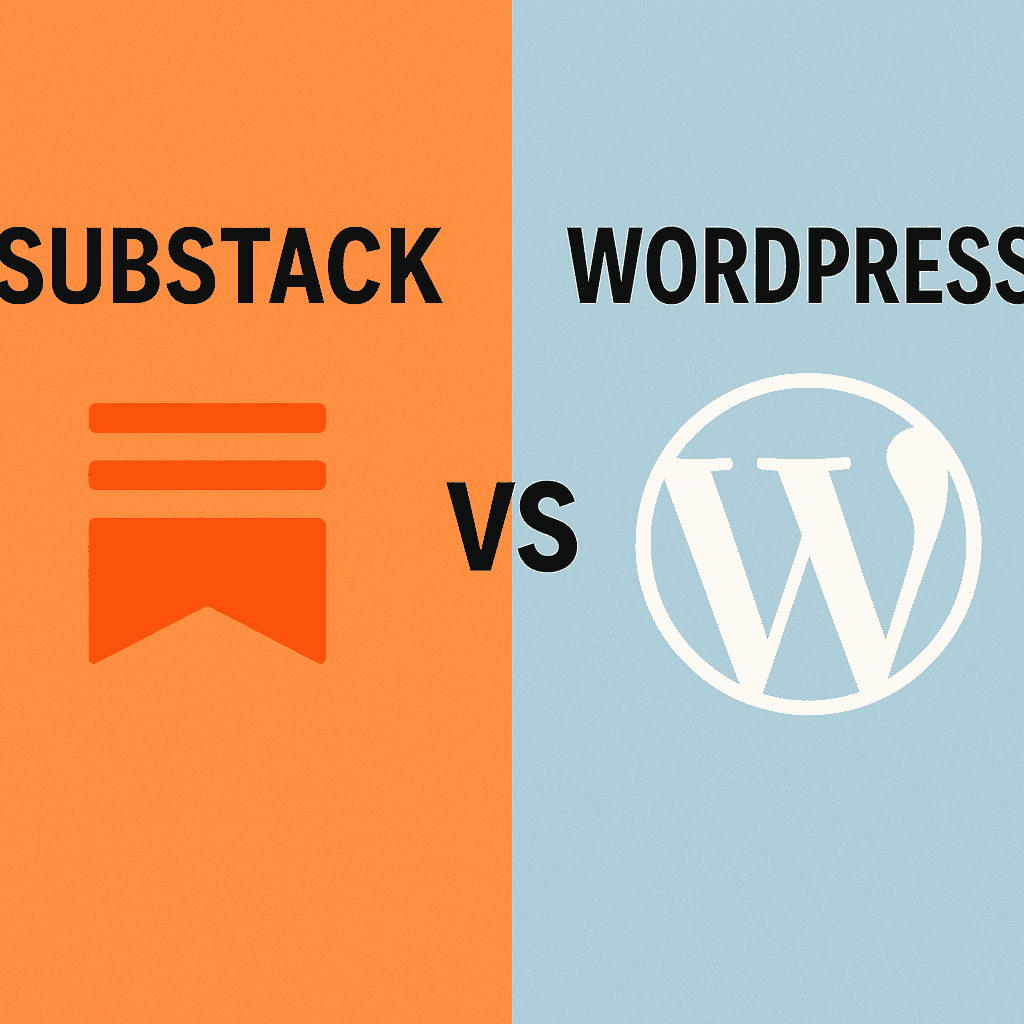
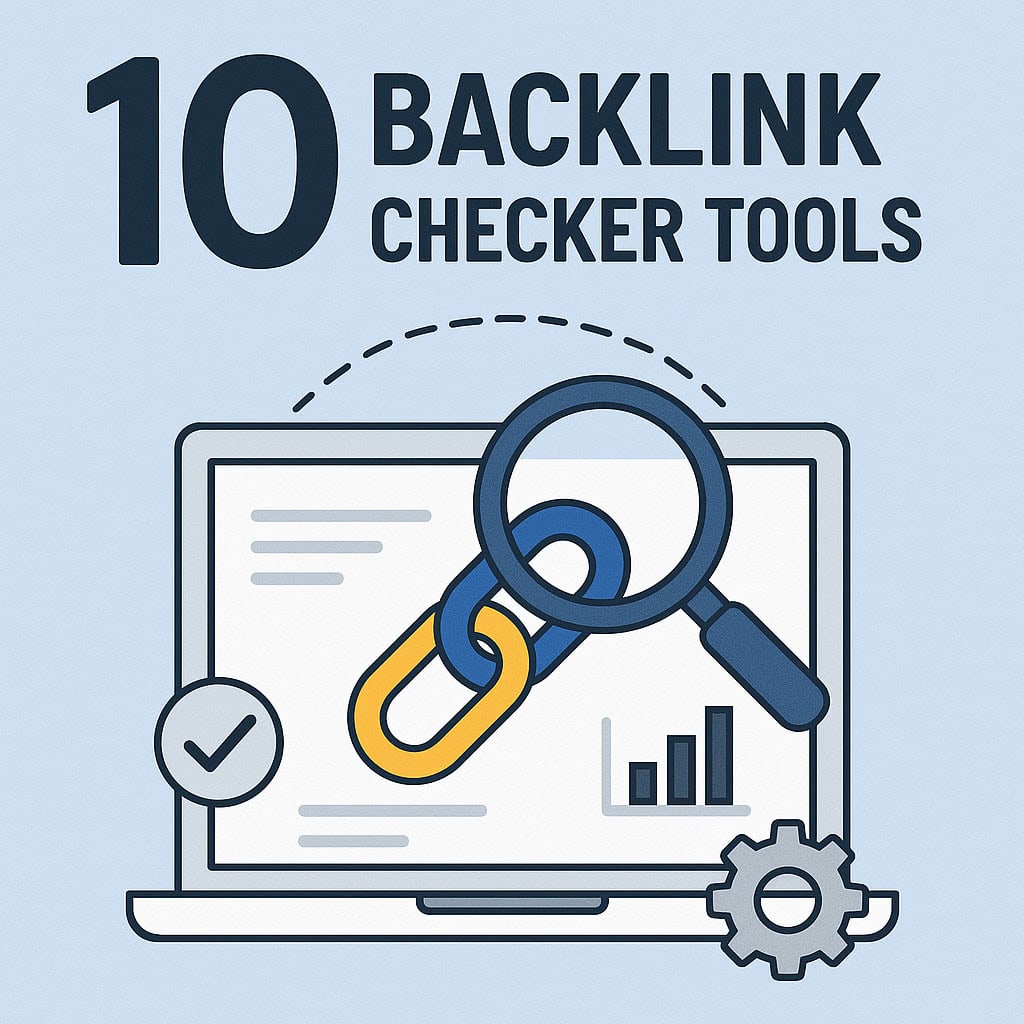
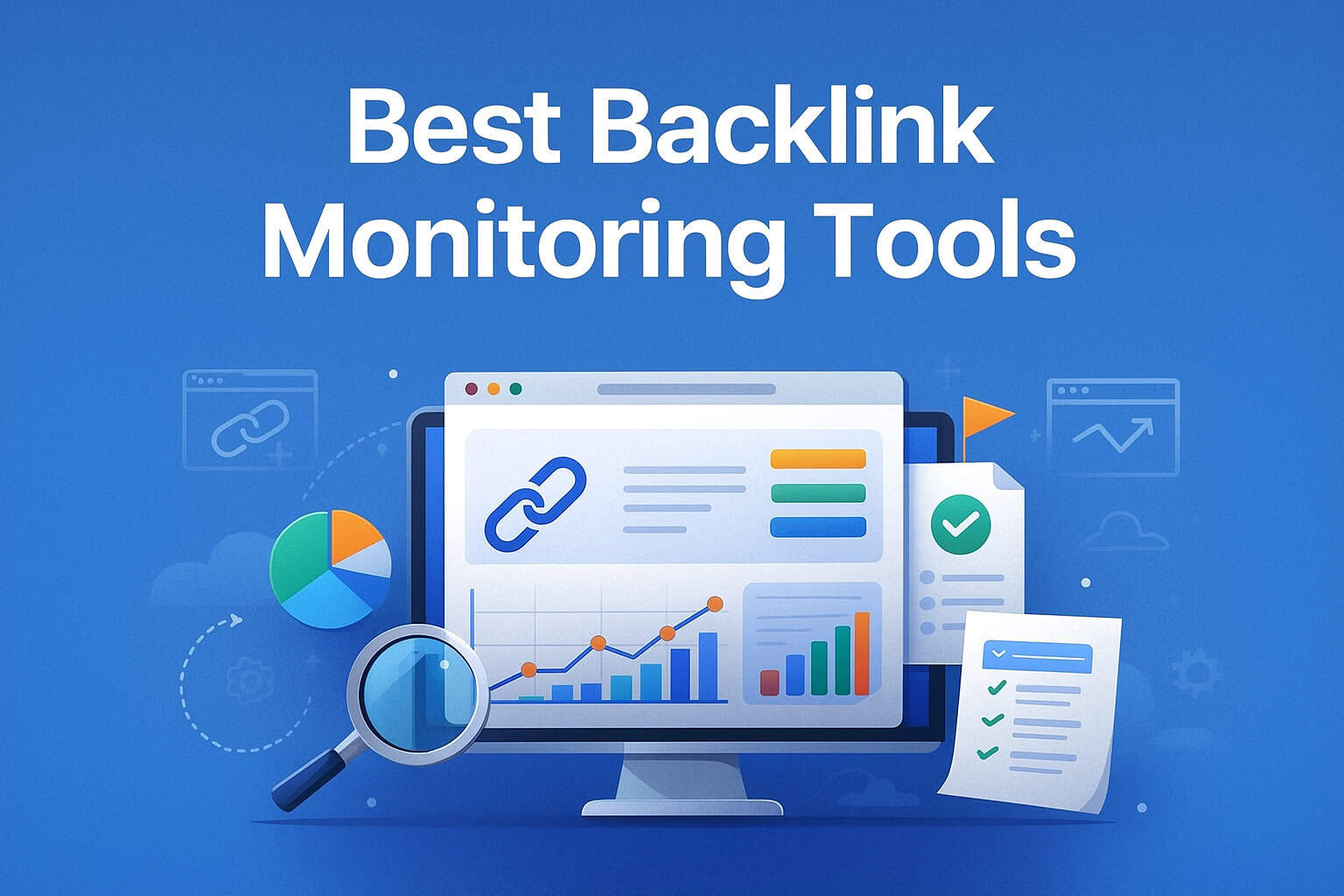

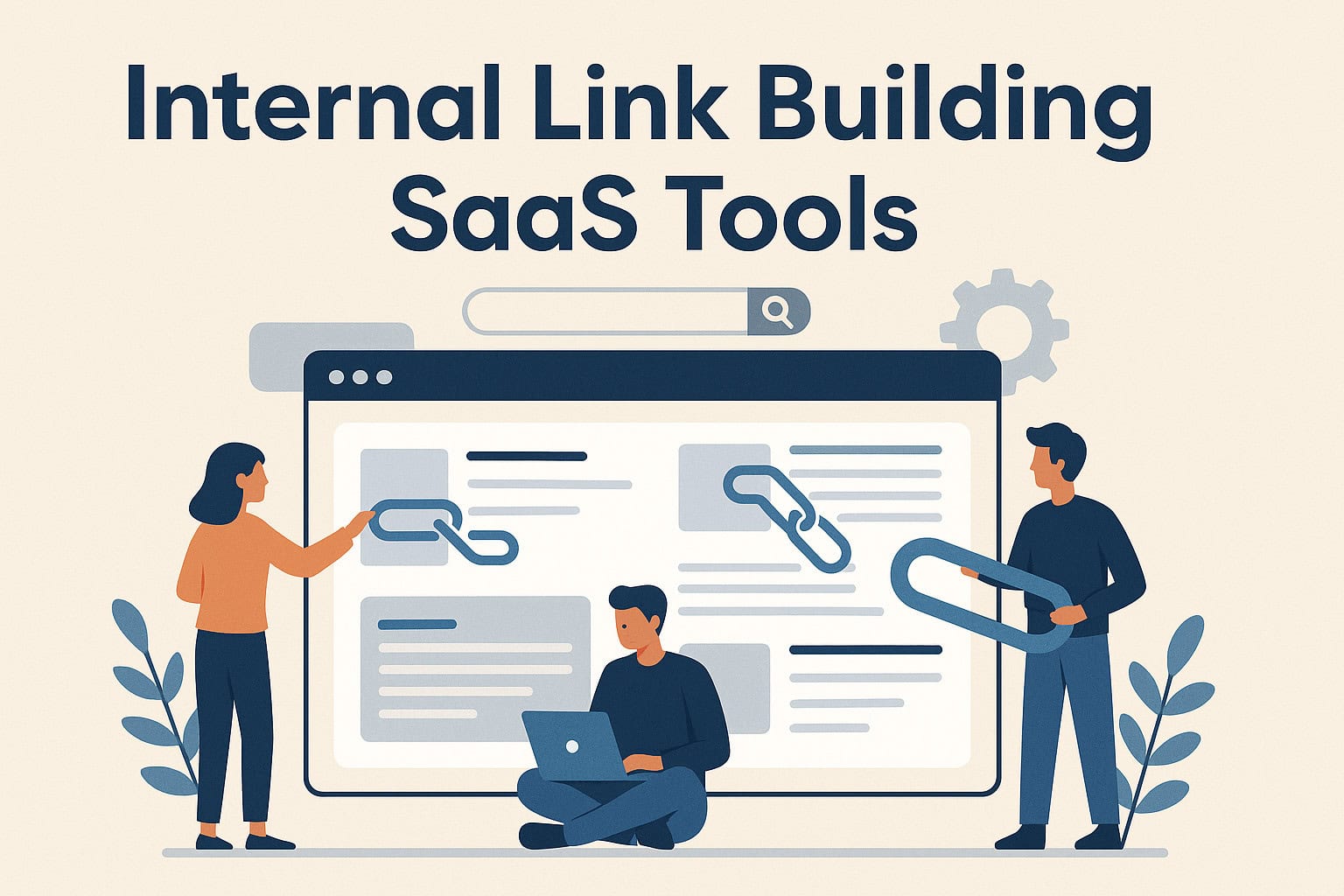

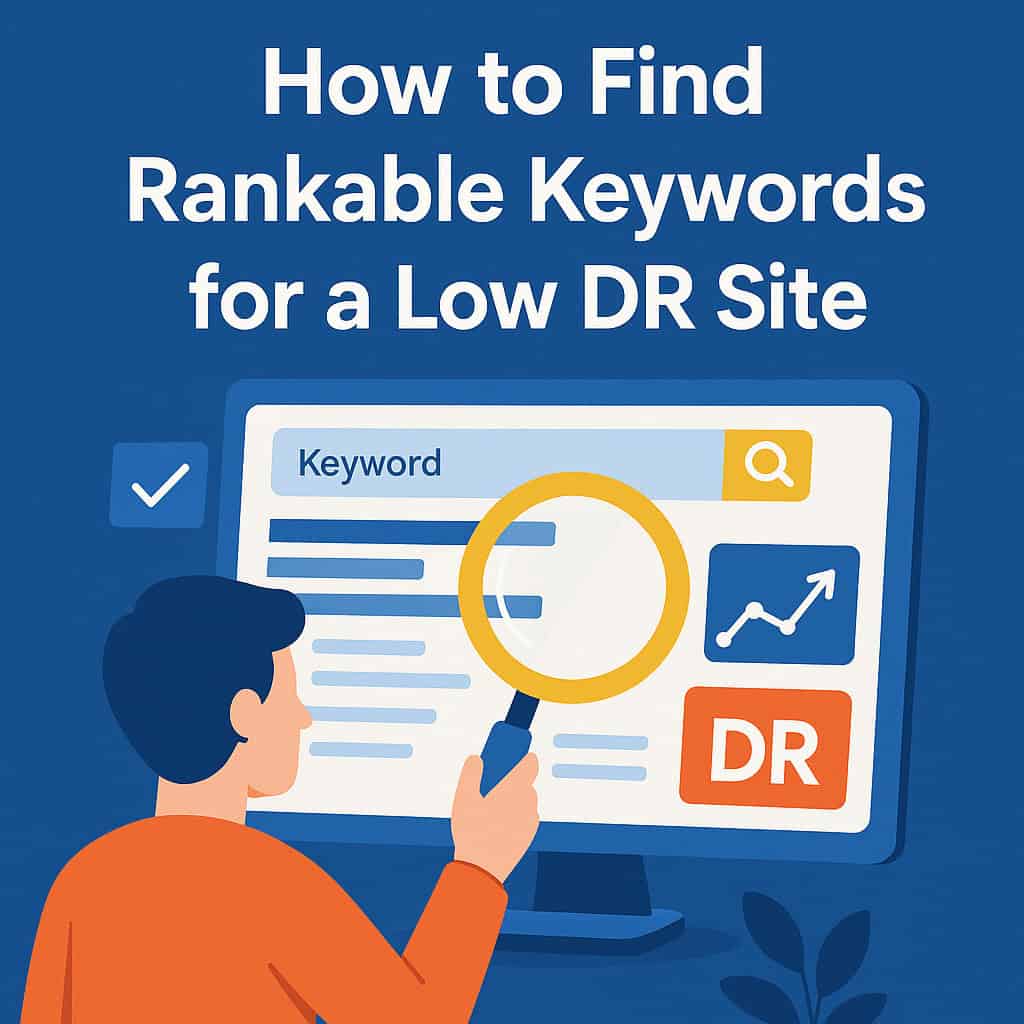
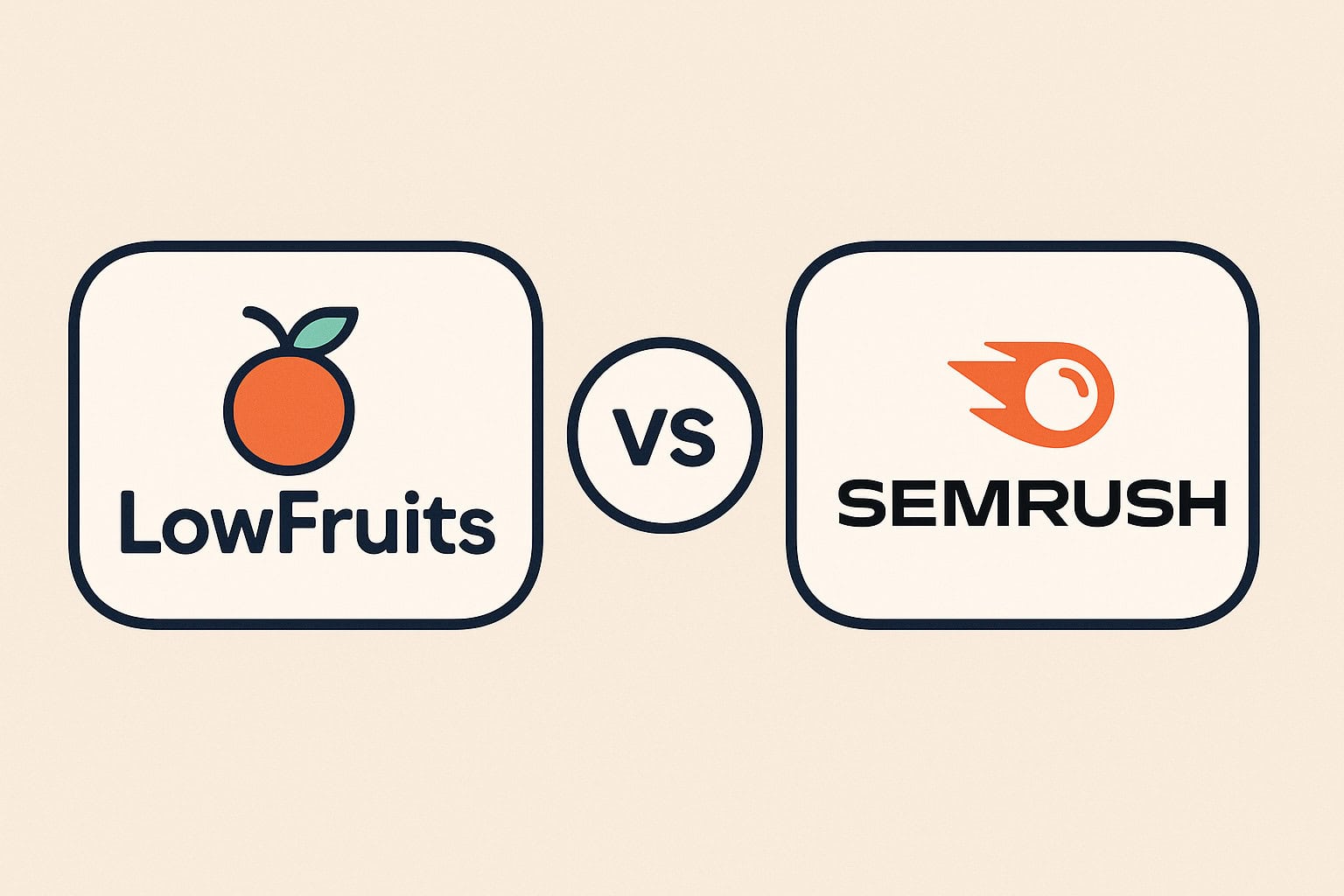
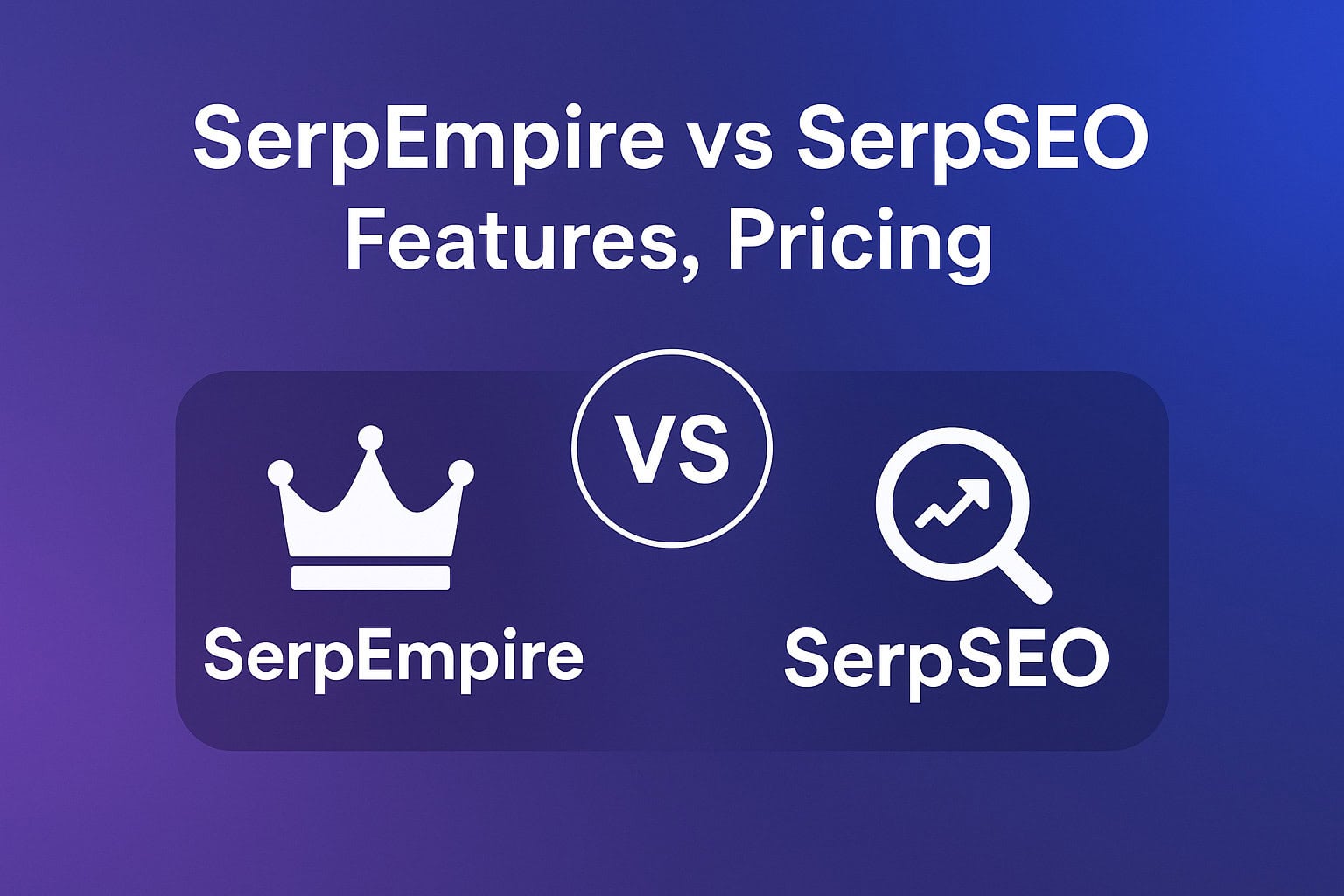
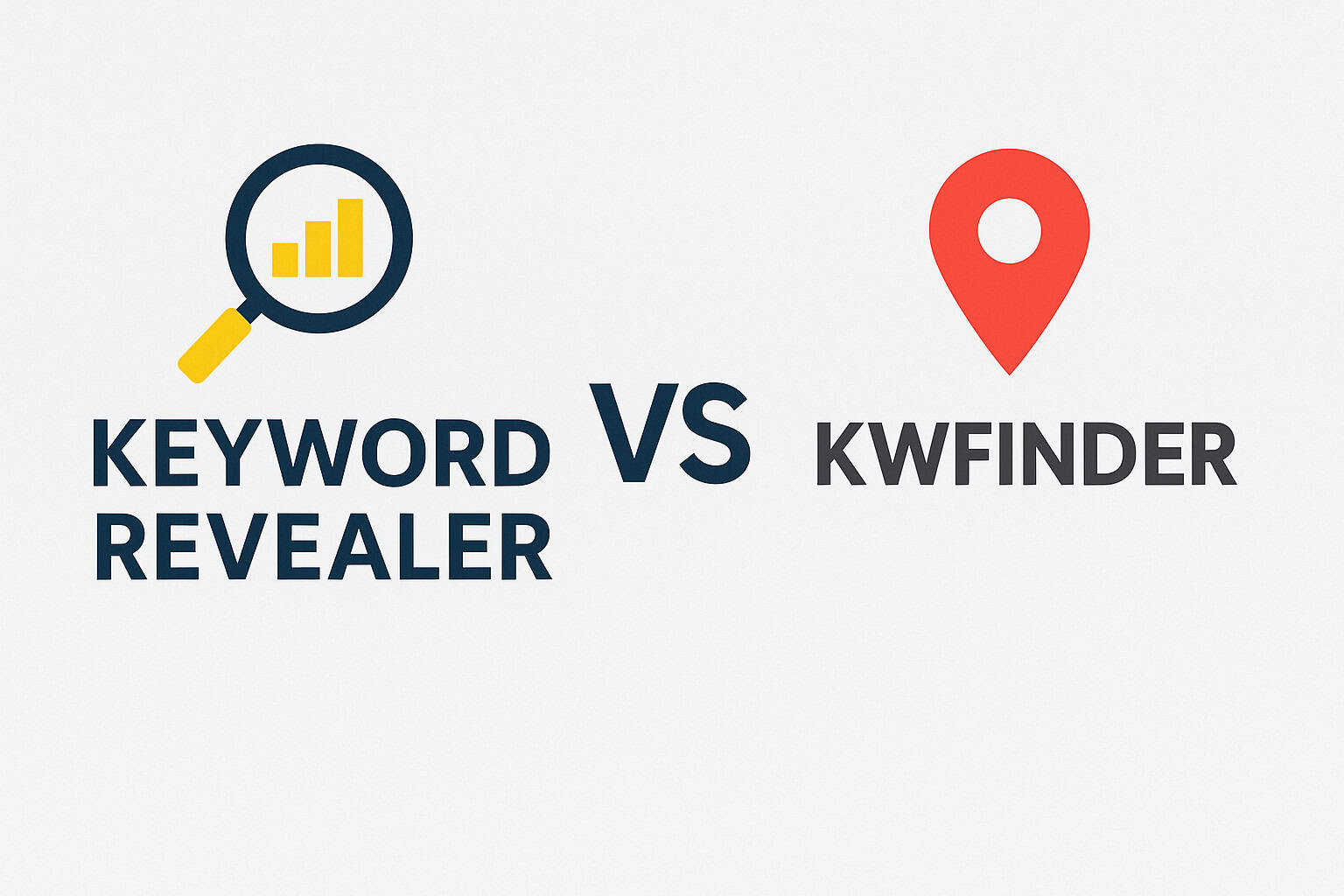
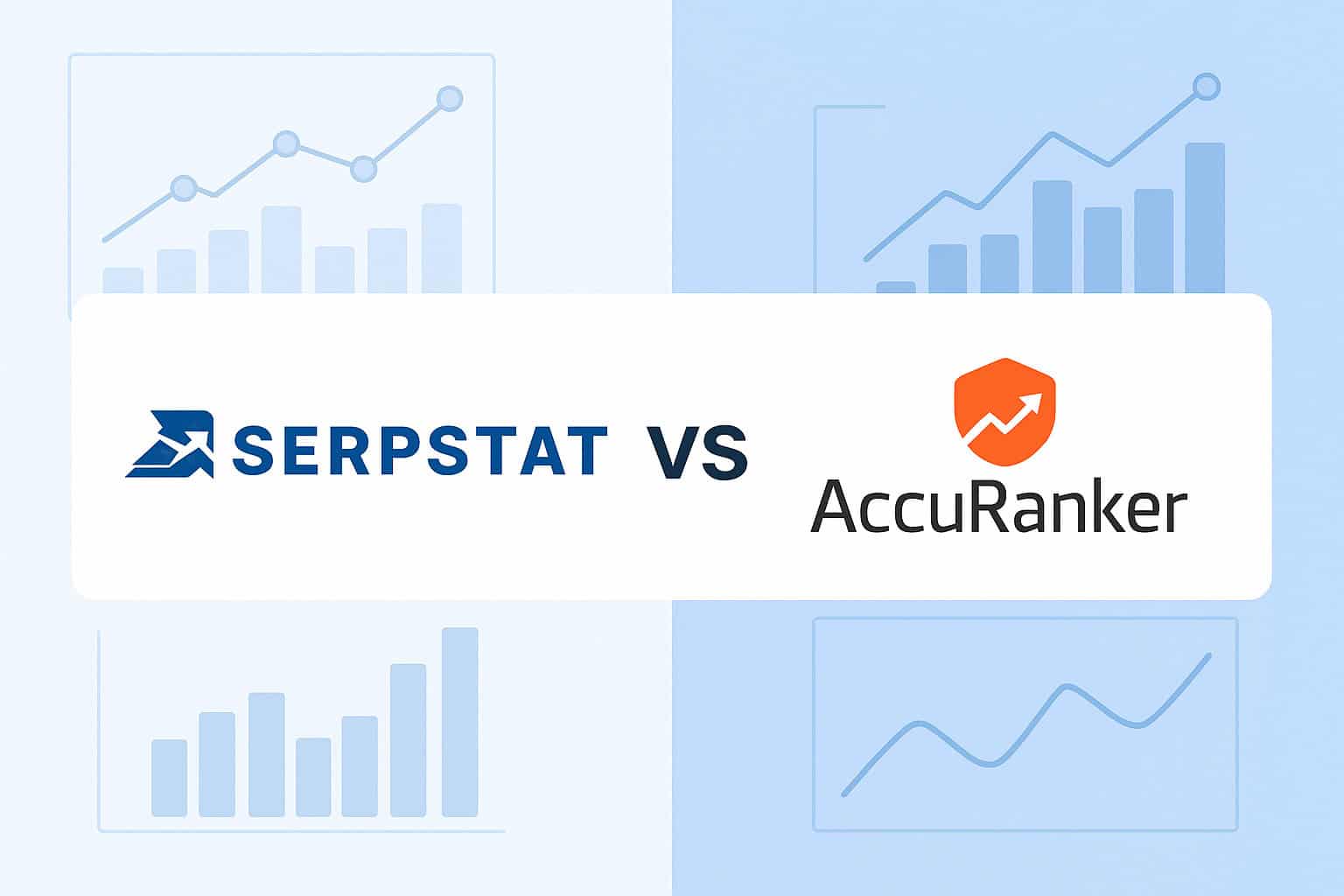


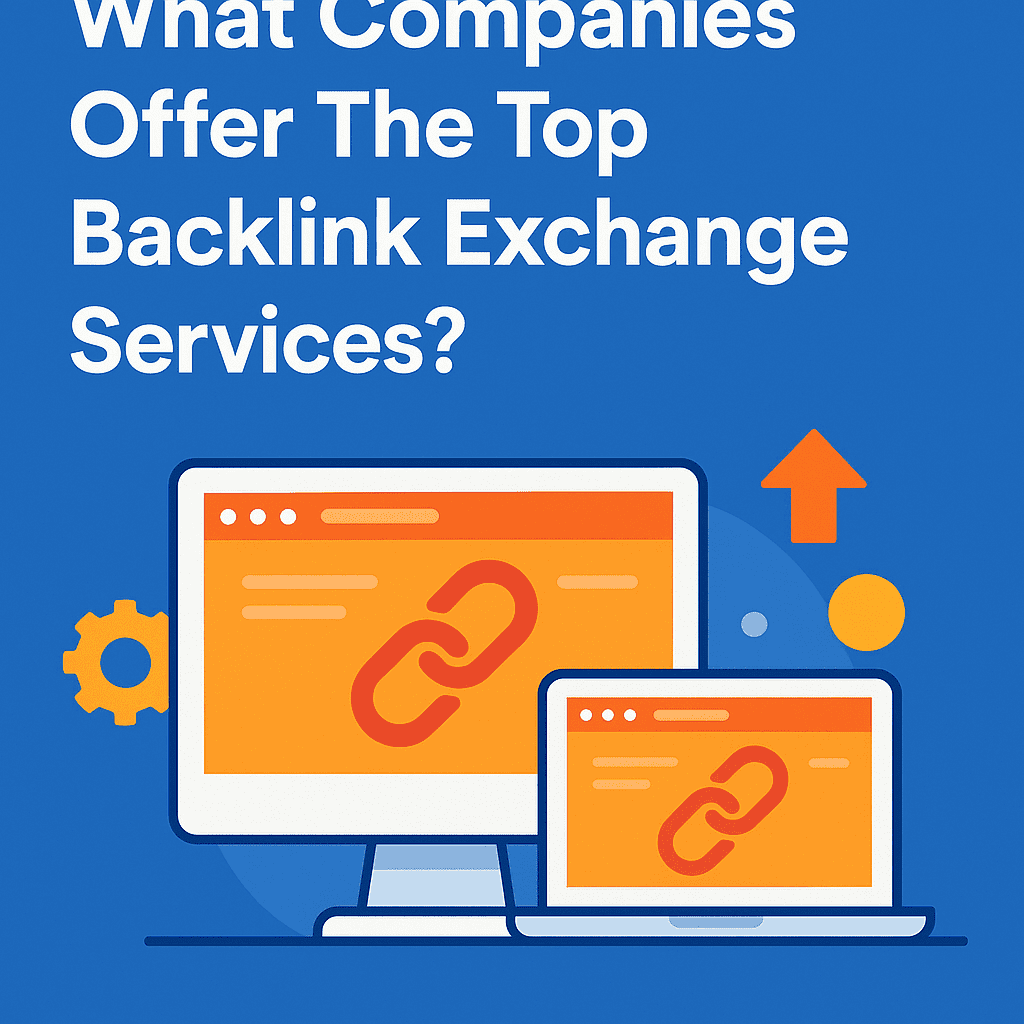

![Longtail Pro Moz or Majestic [Full Breakdown]](https://backlinkmanagement.io/wp-content/uploads/2025/11/ChatGPT-Image-Nov-14-2025-08_30_38-AM.png)
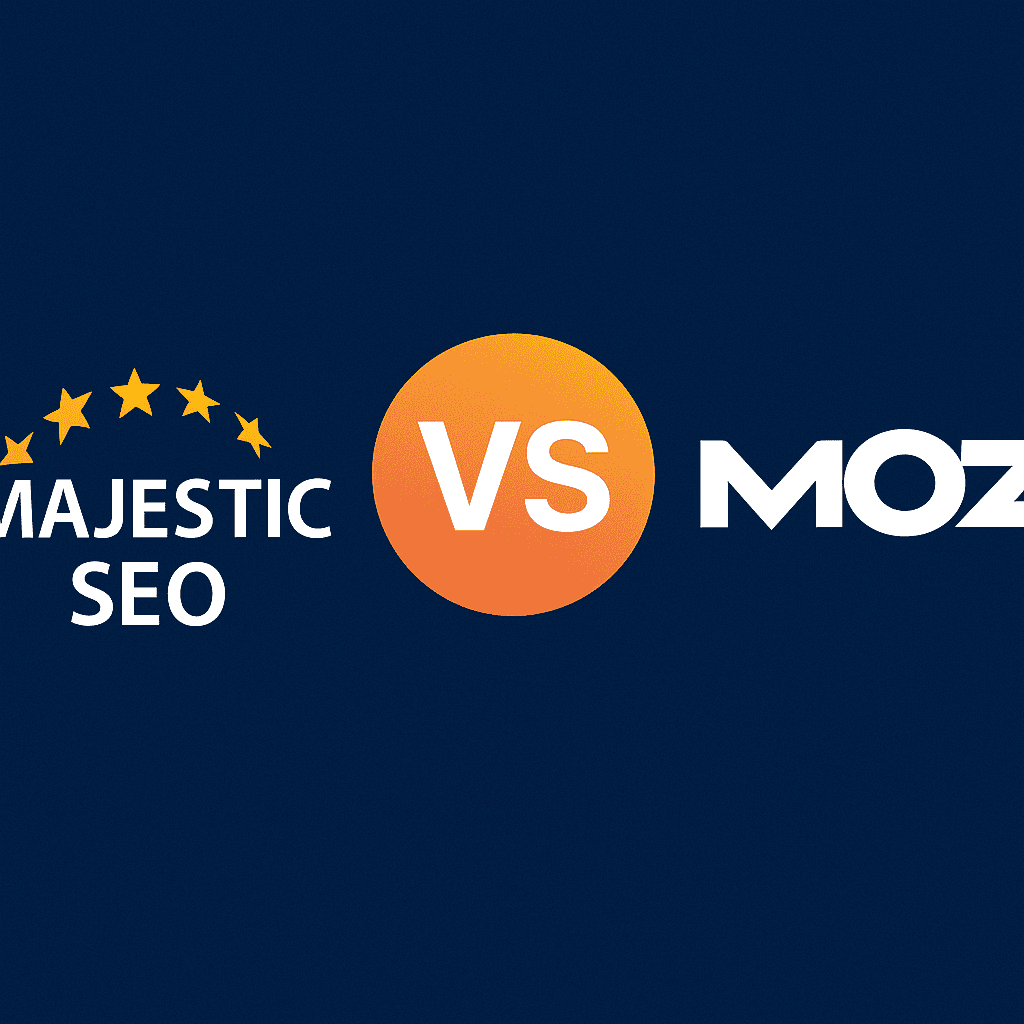
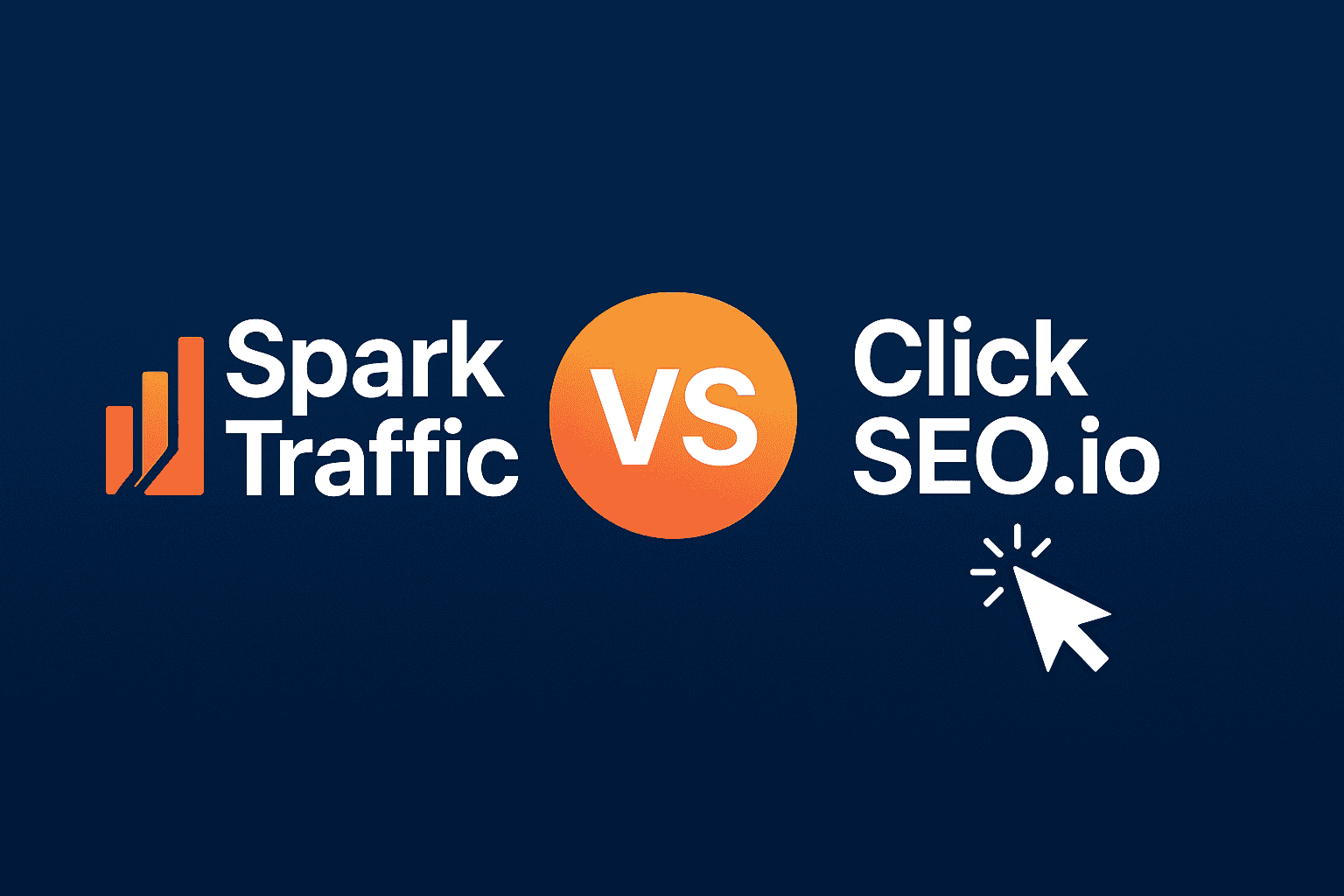
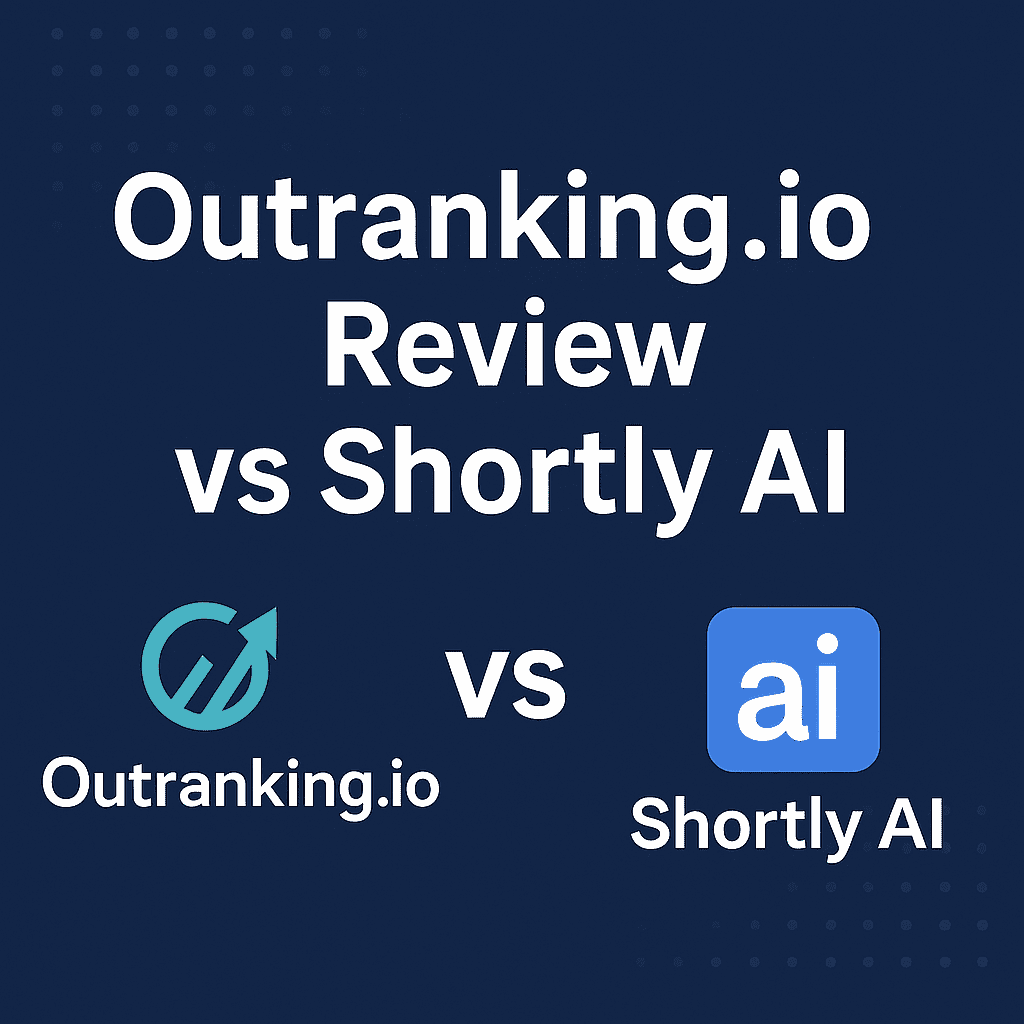
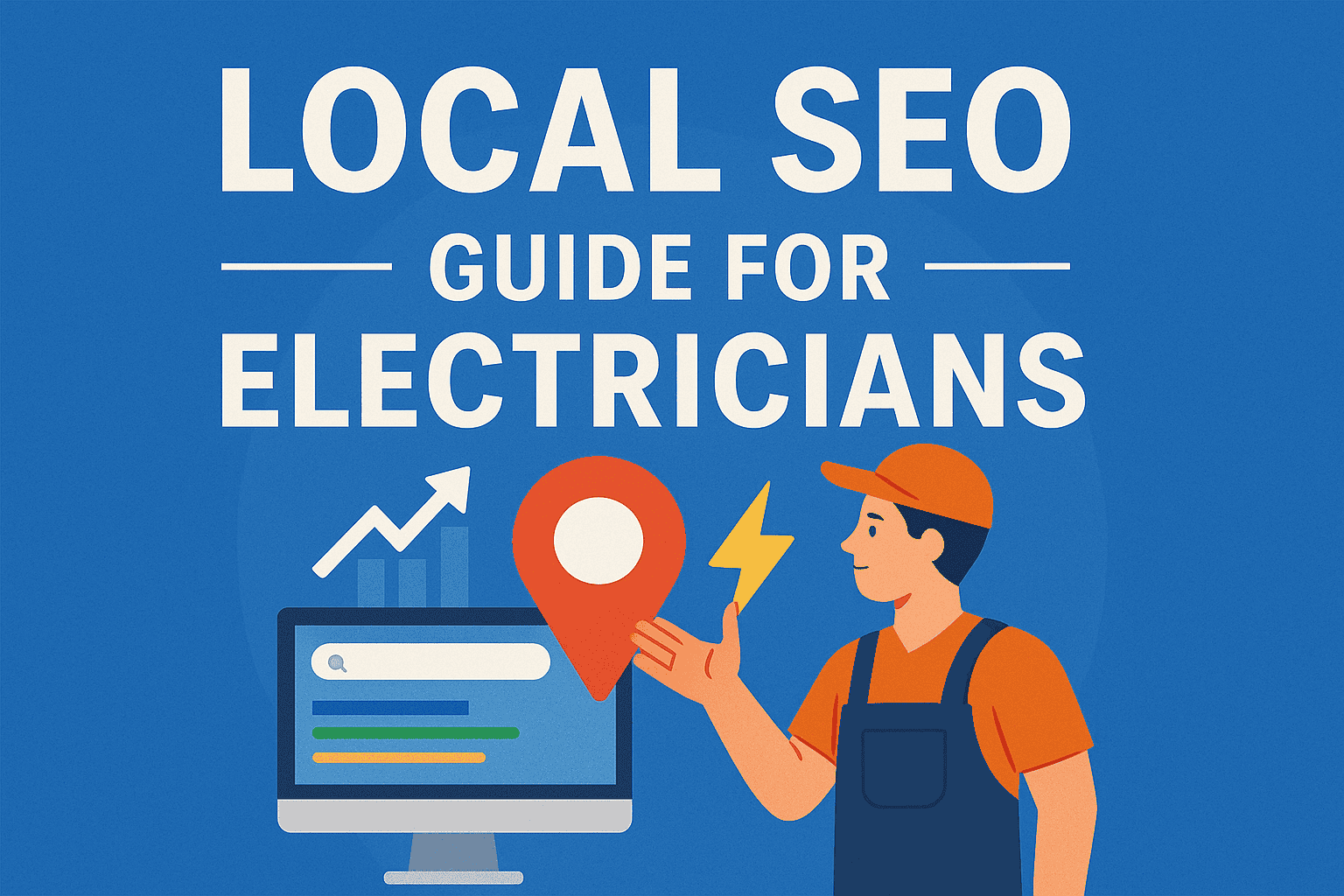

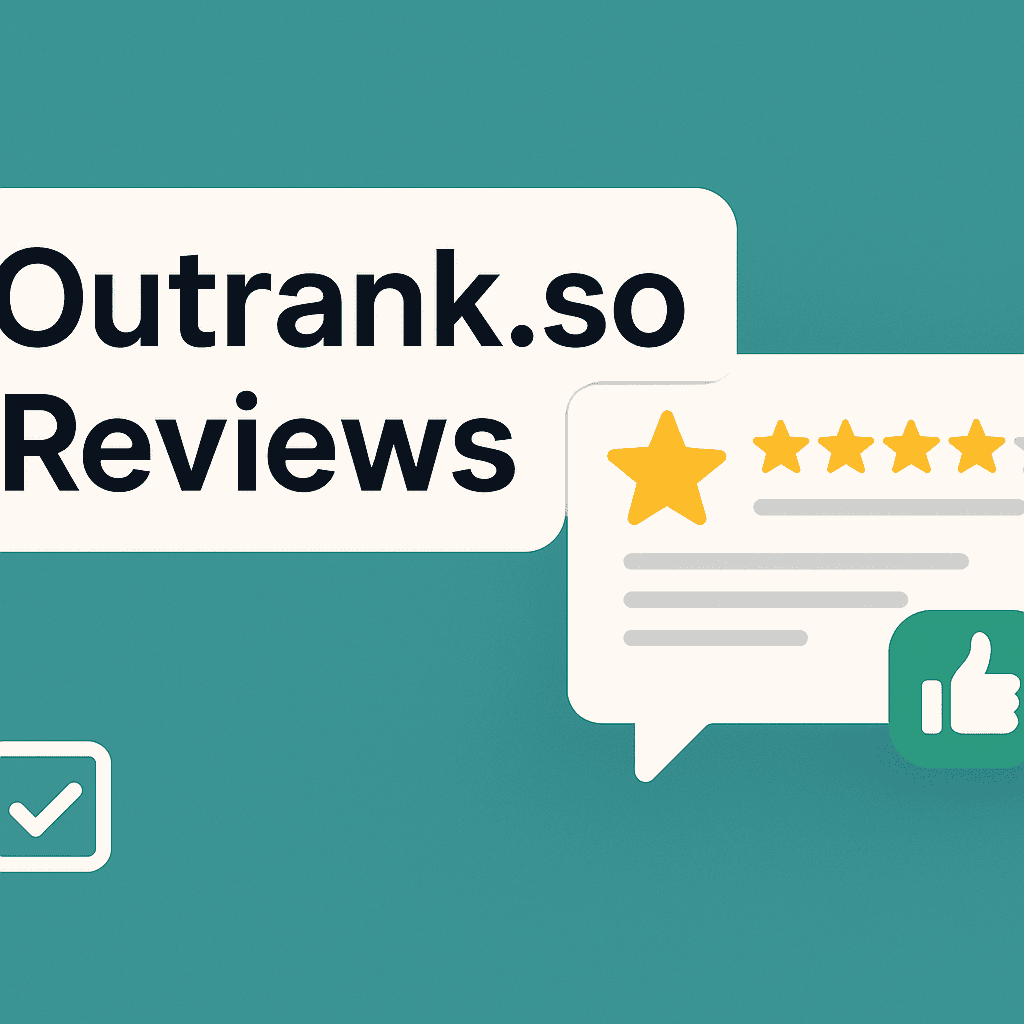

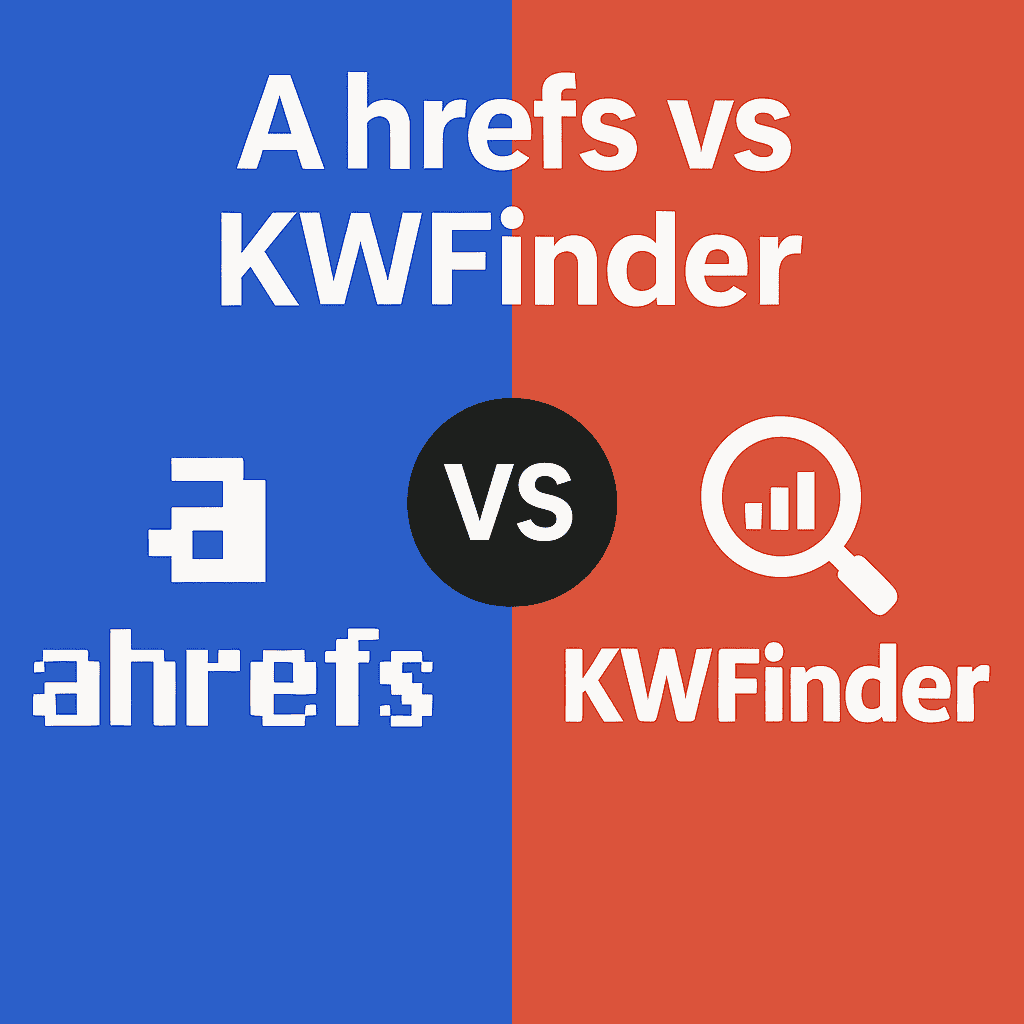


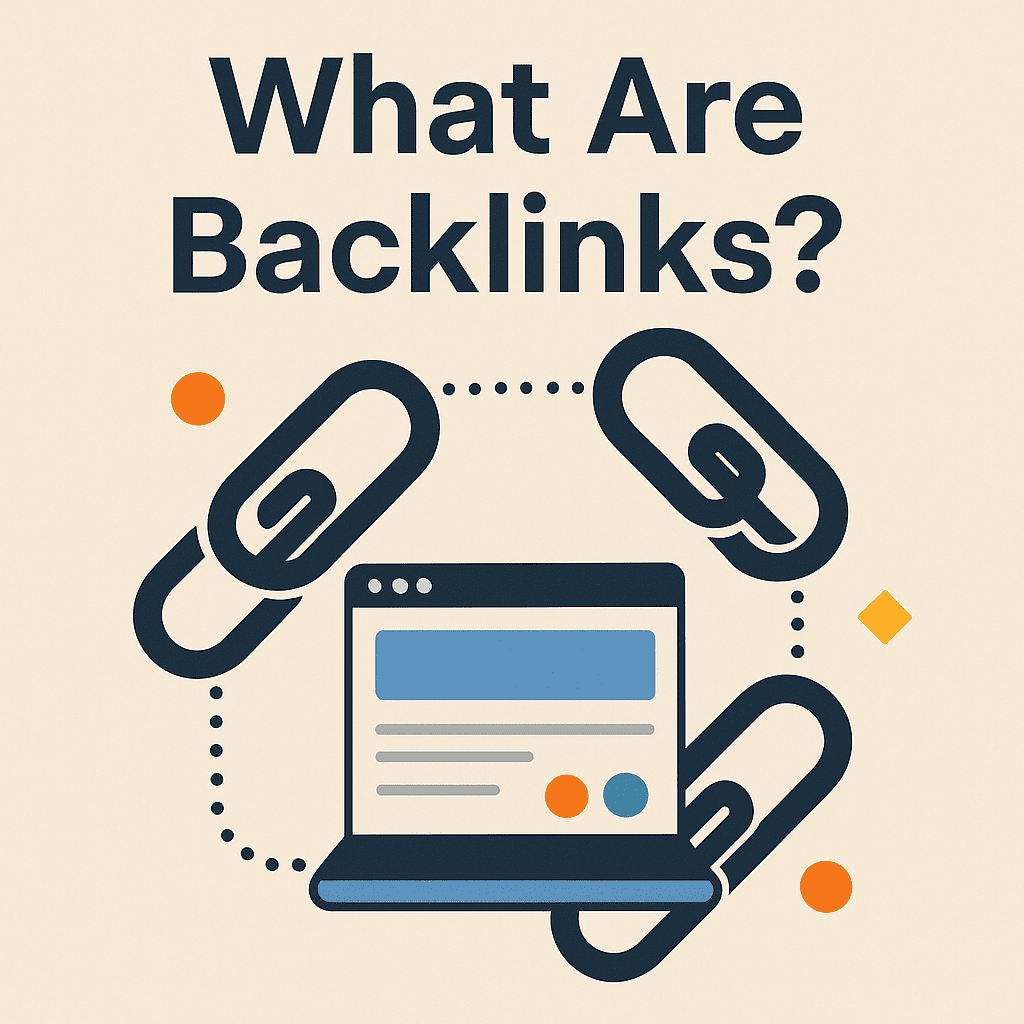

















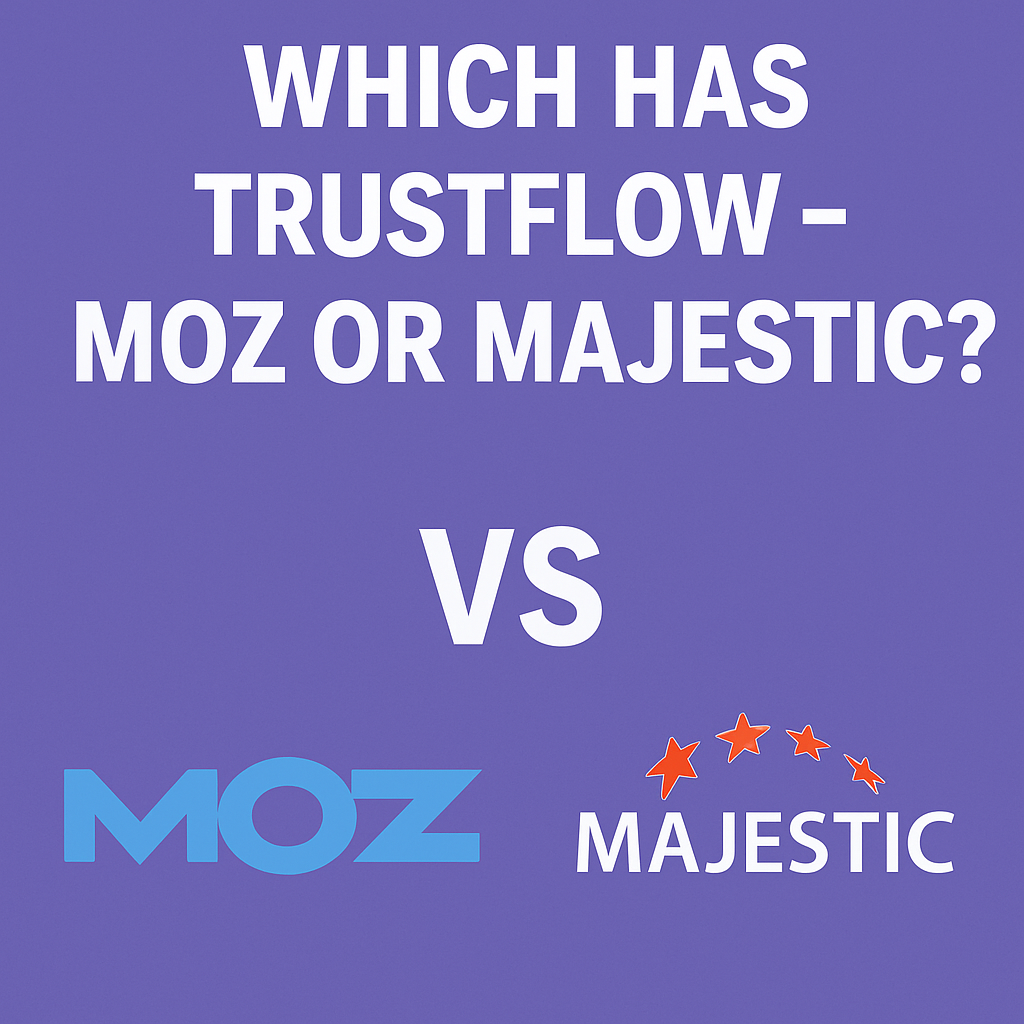
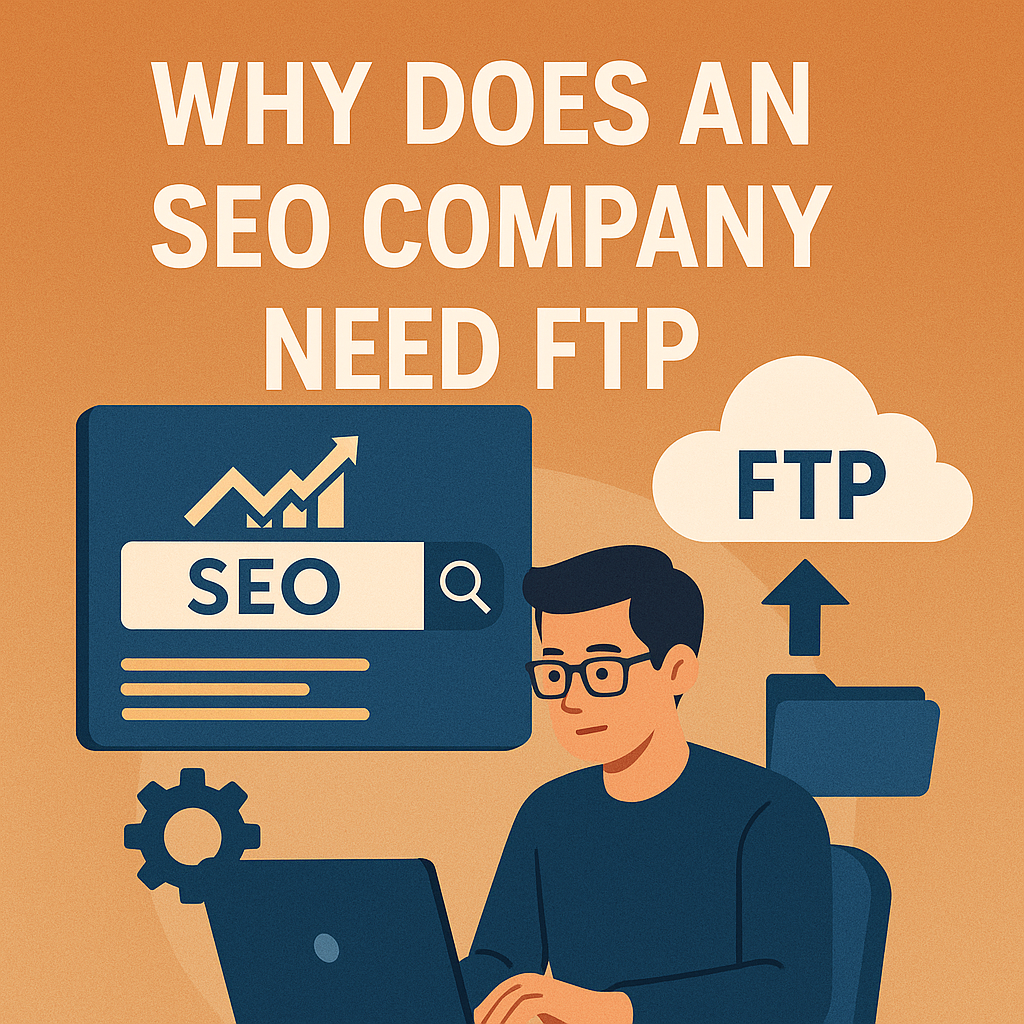

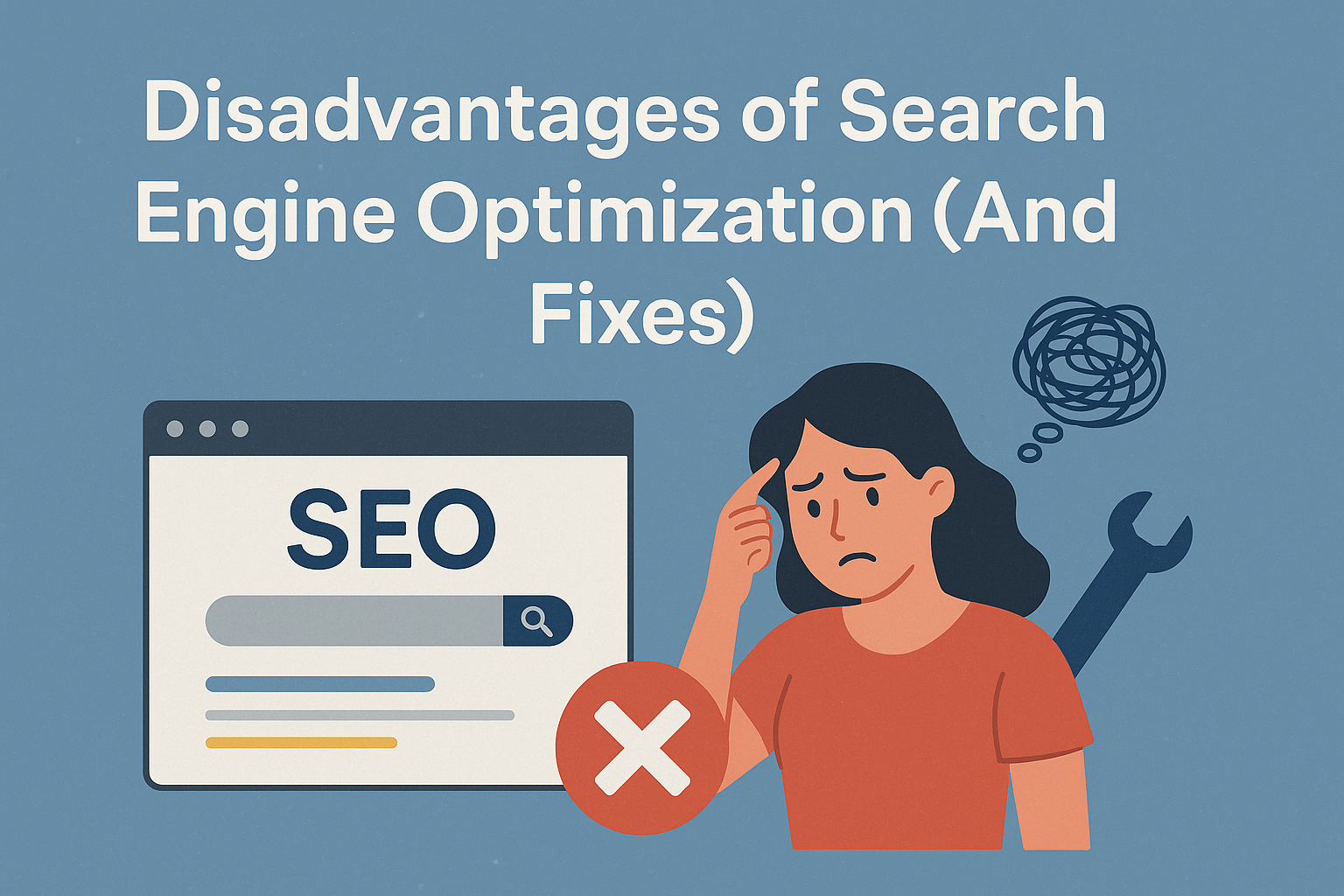
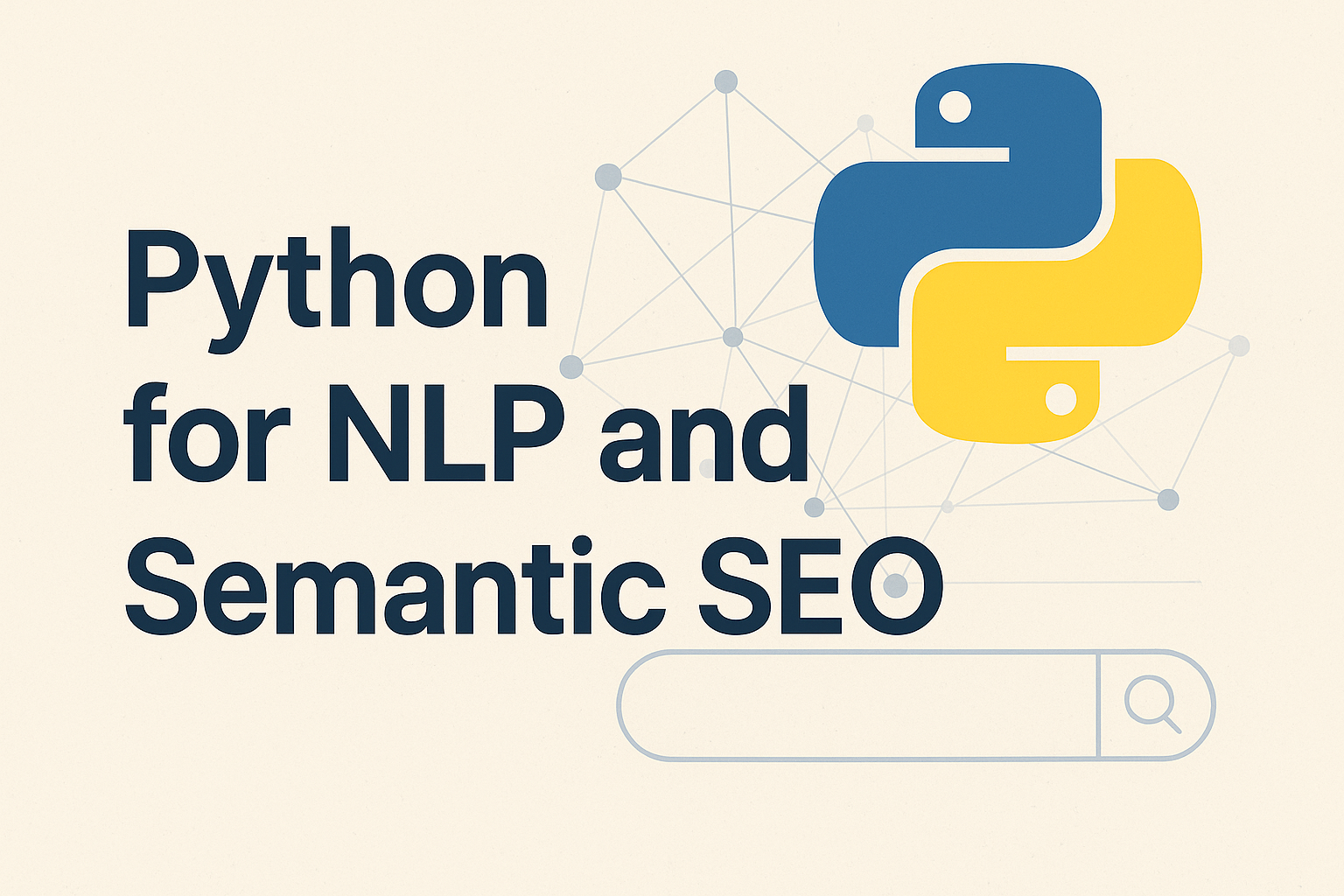
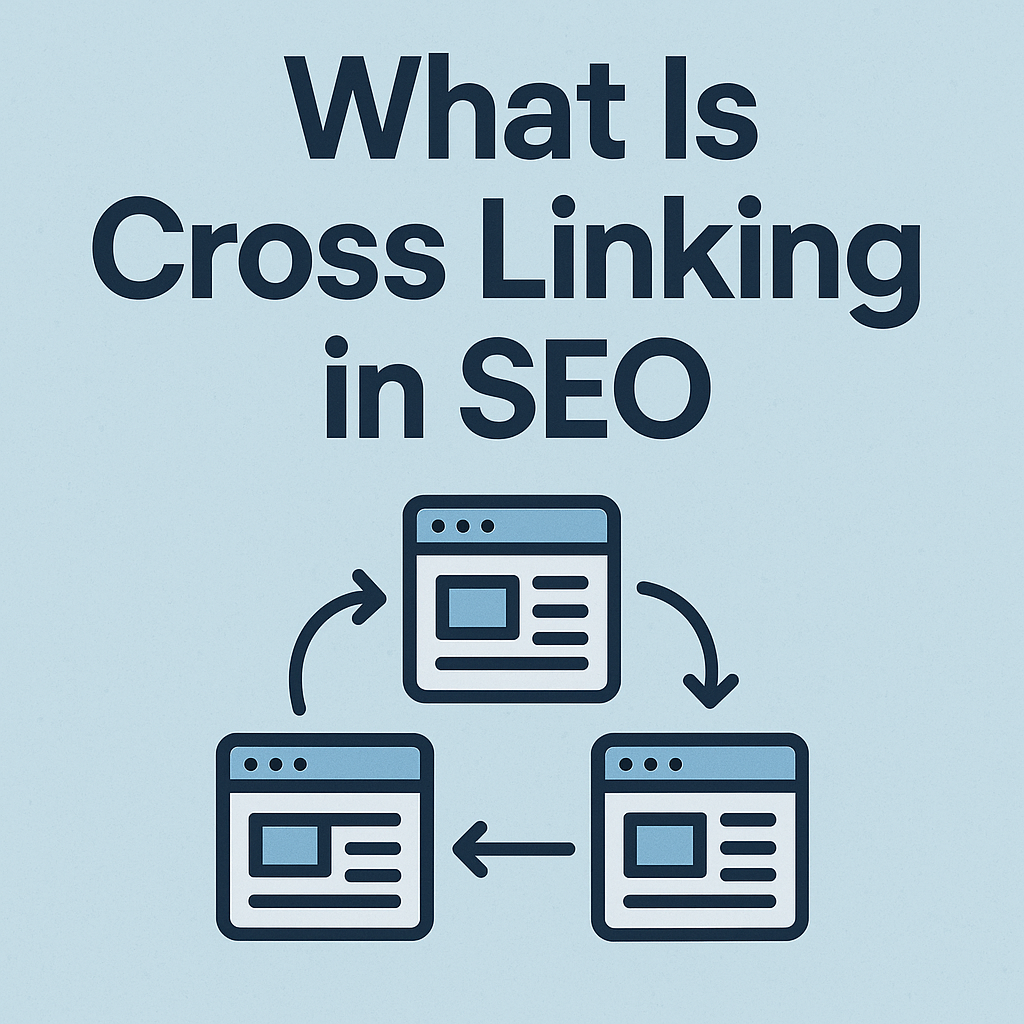


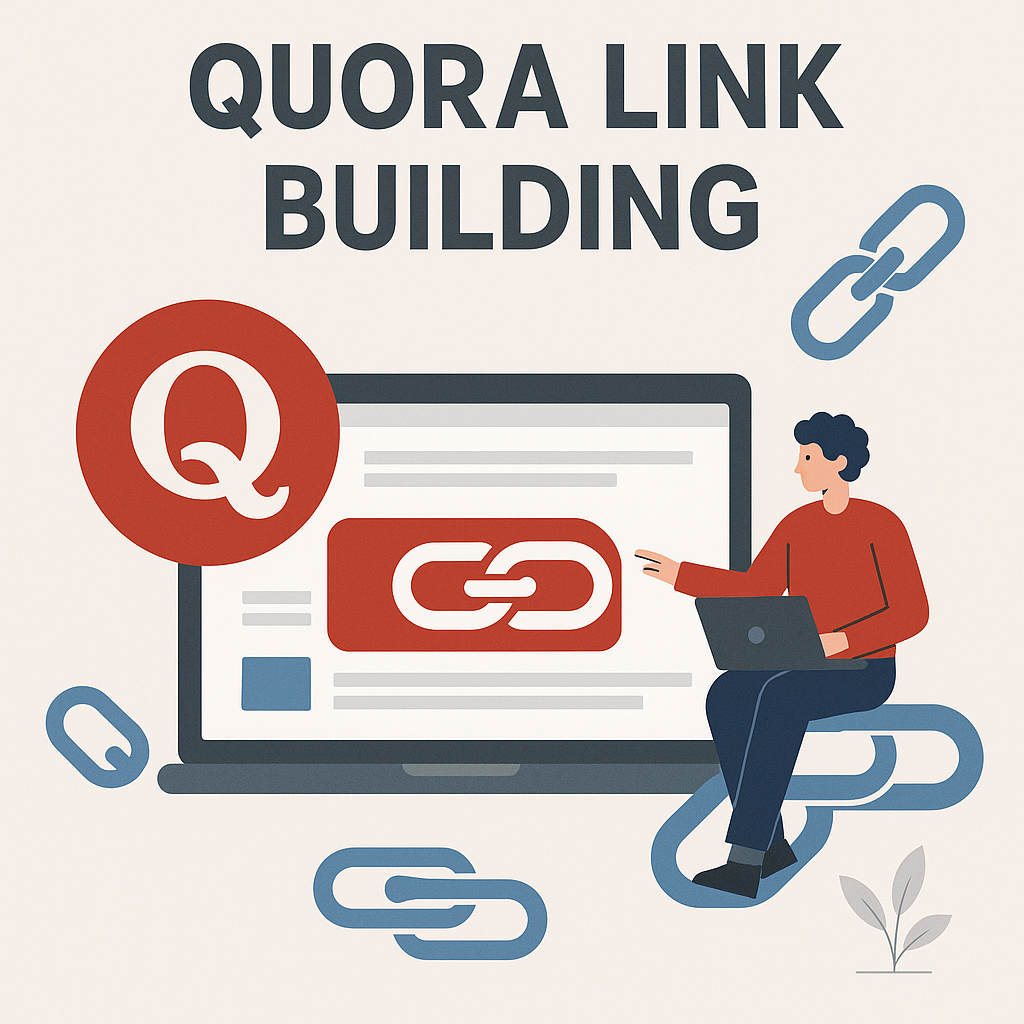
![How Many Outbound Links Per Blog [2025 Updated]](https://backlinkmanagement.io/wp-content/uploads/2025/06/How-Many-Outbound-Links-Per-Blog.png)
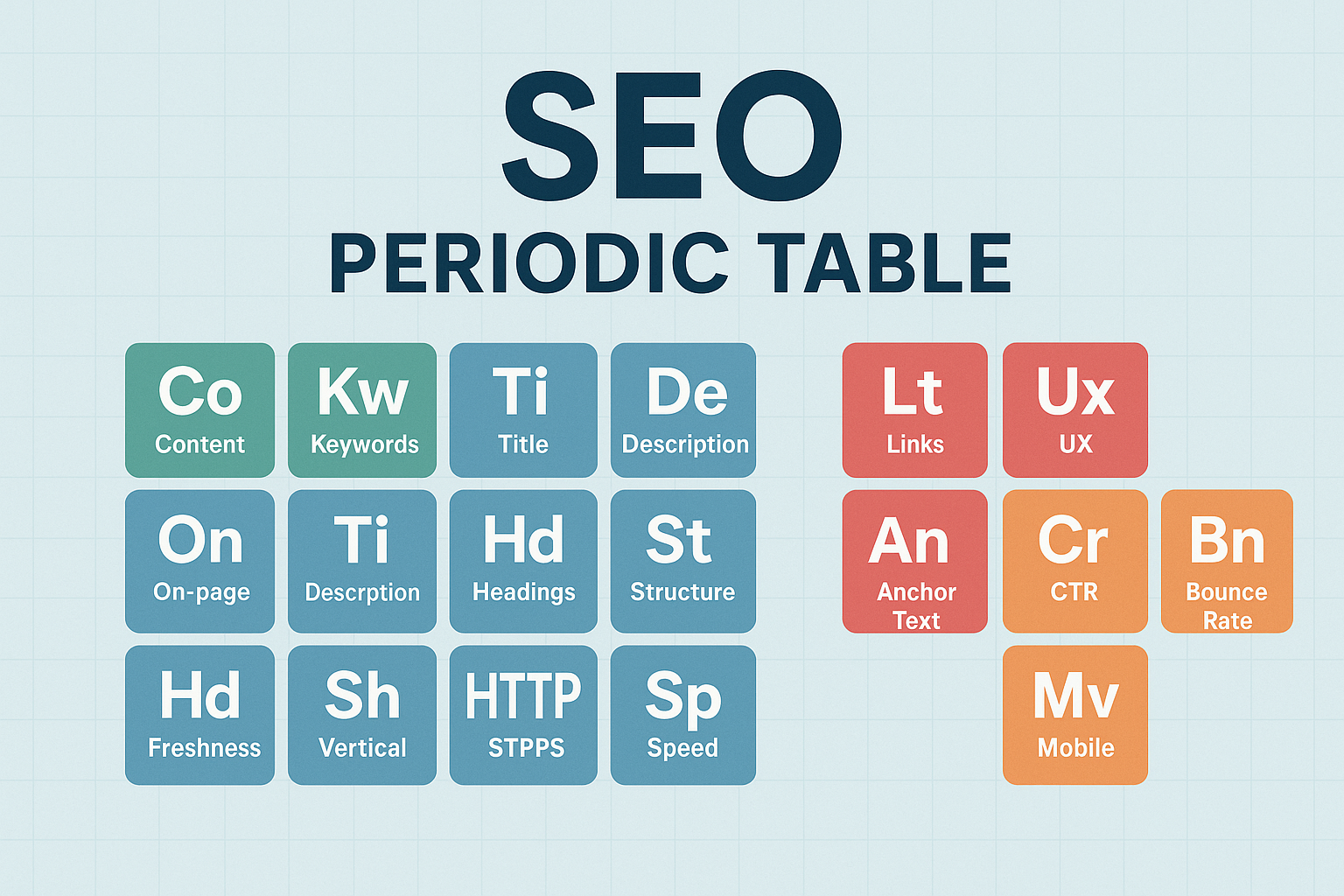

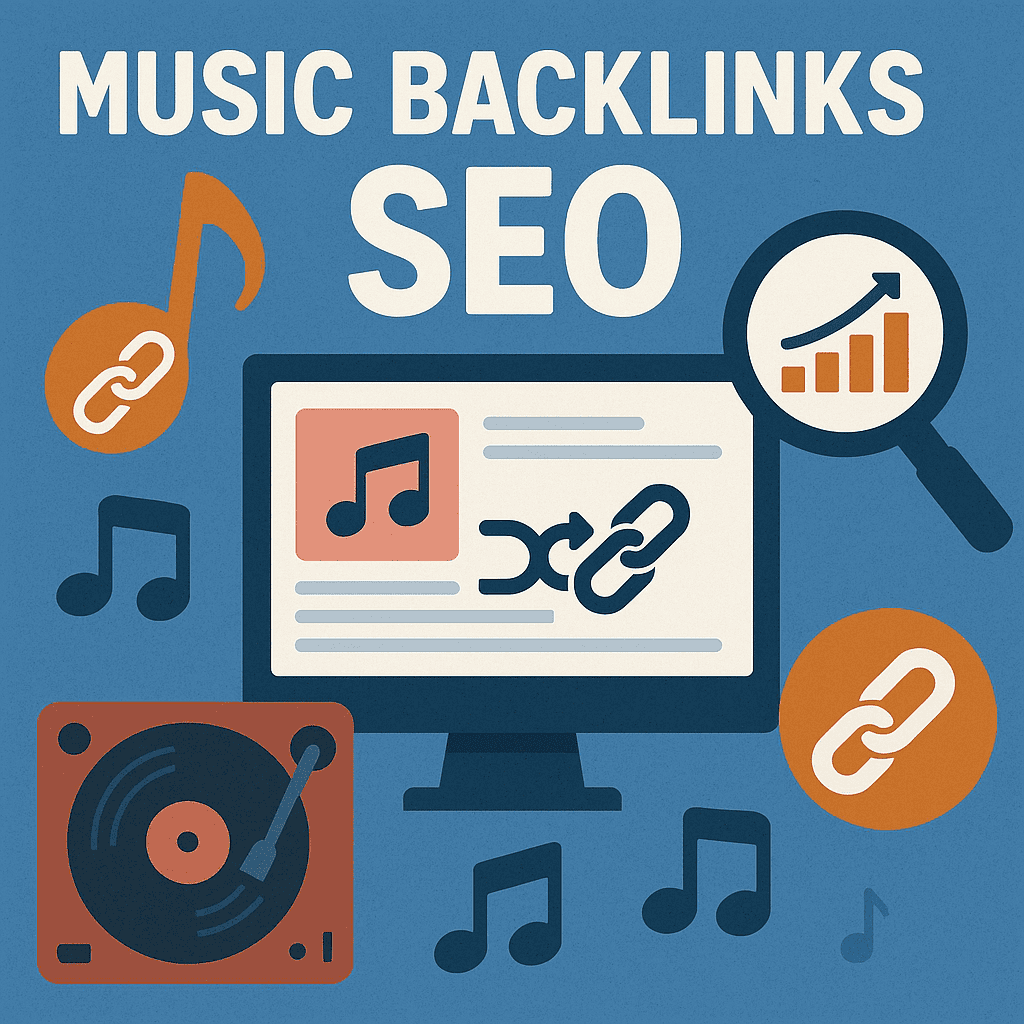

![B2B and B2C Website Examples [2025 Updated]](https://backlinkmanagement.io/wp-content/uploads/2025/05/B2B-and-B2C-Website-Example-.png)
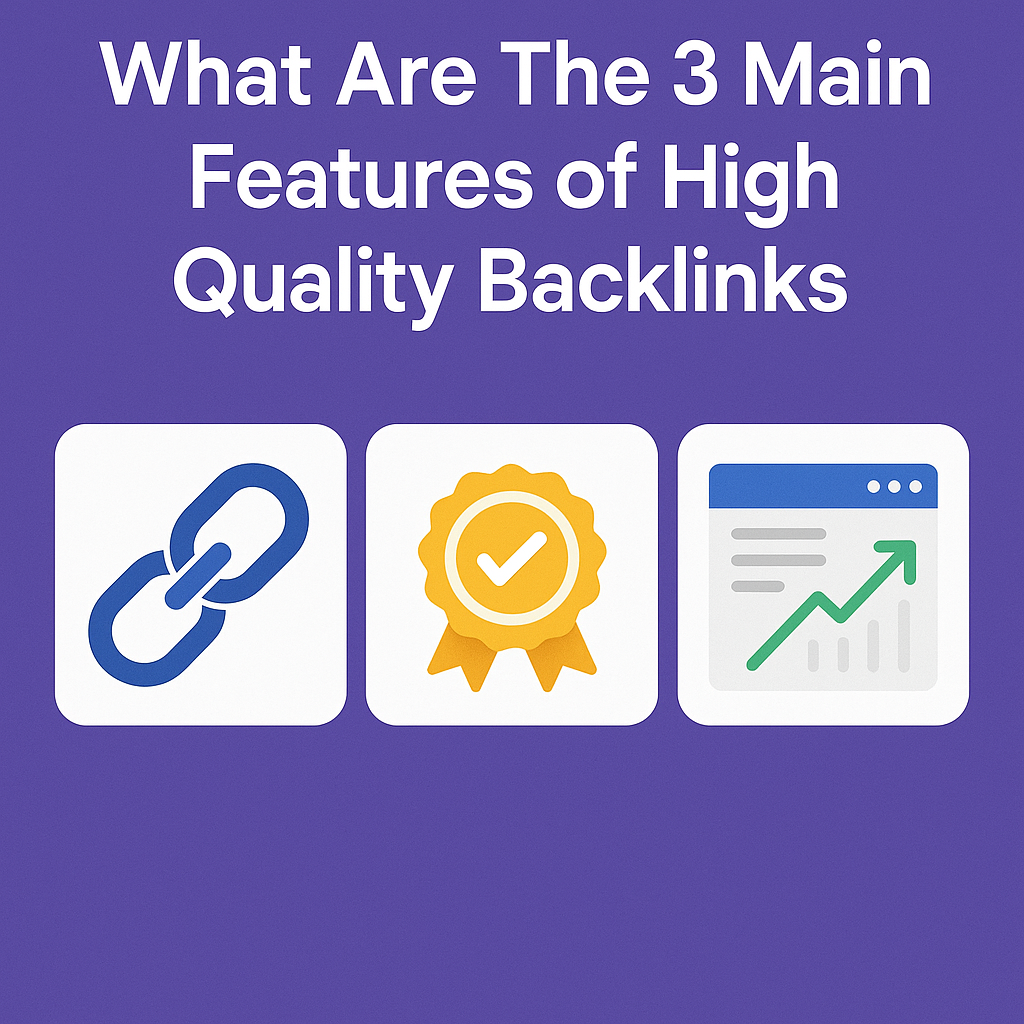
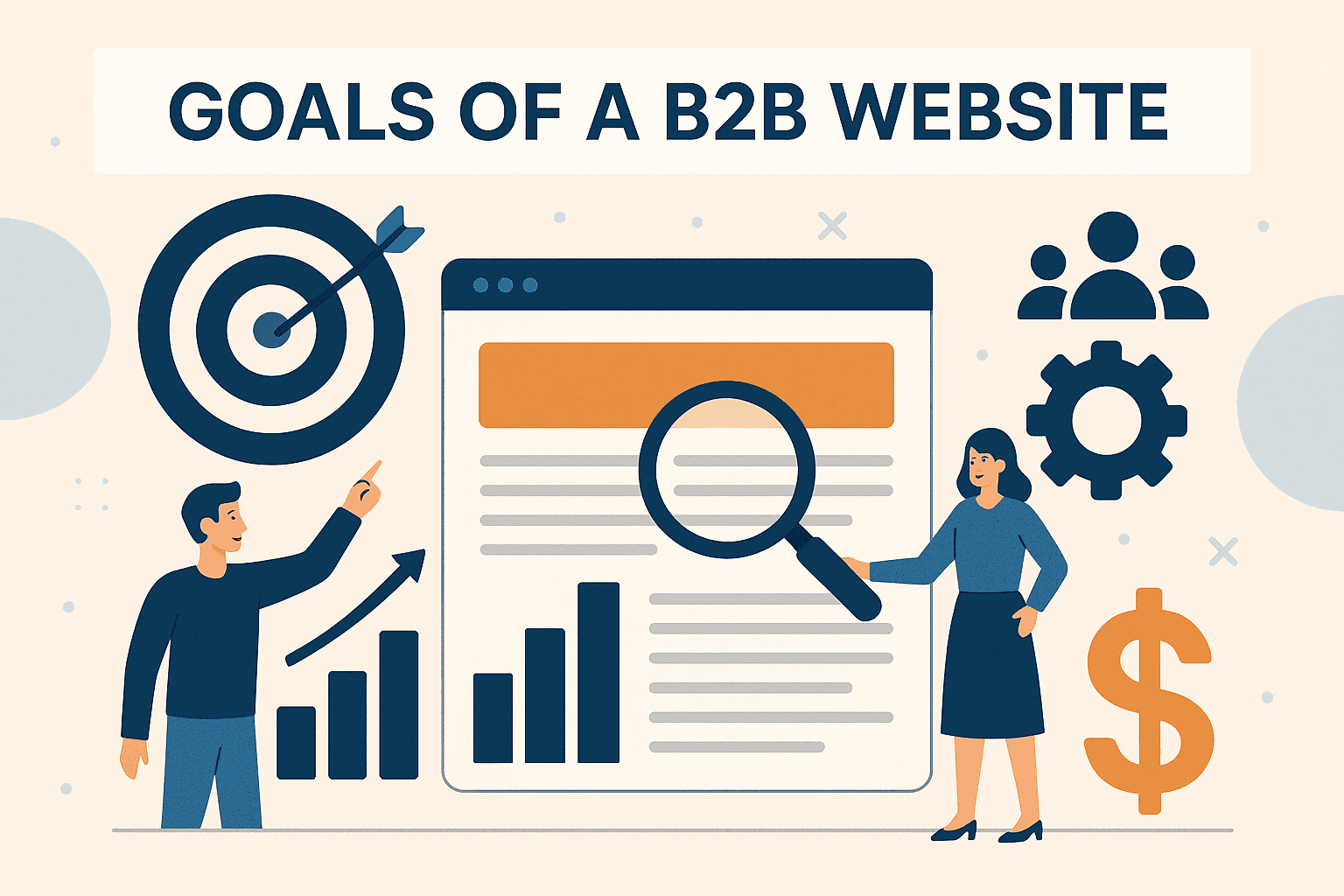
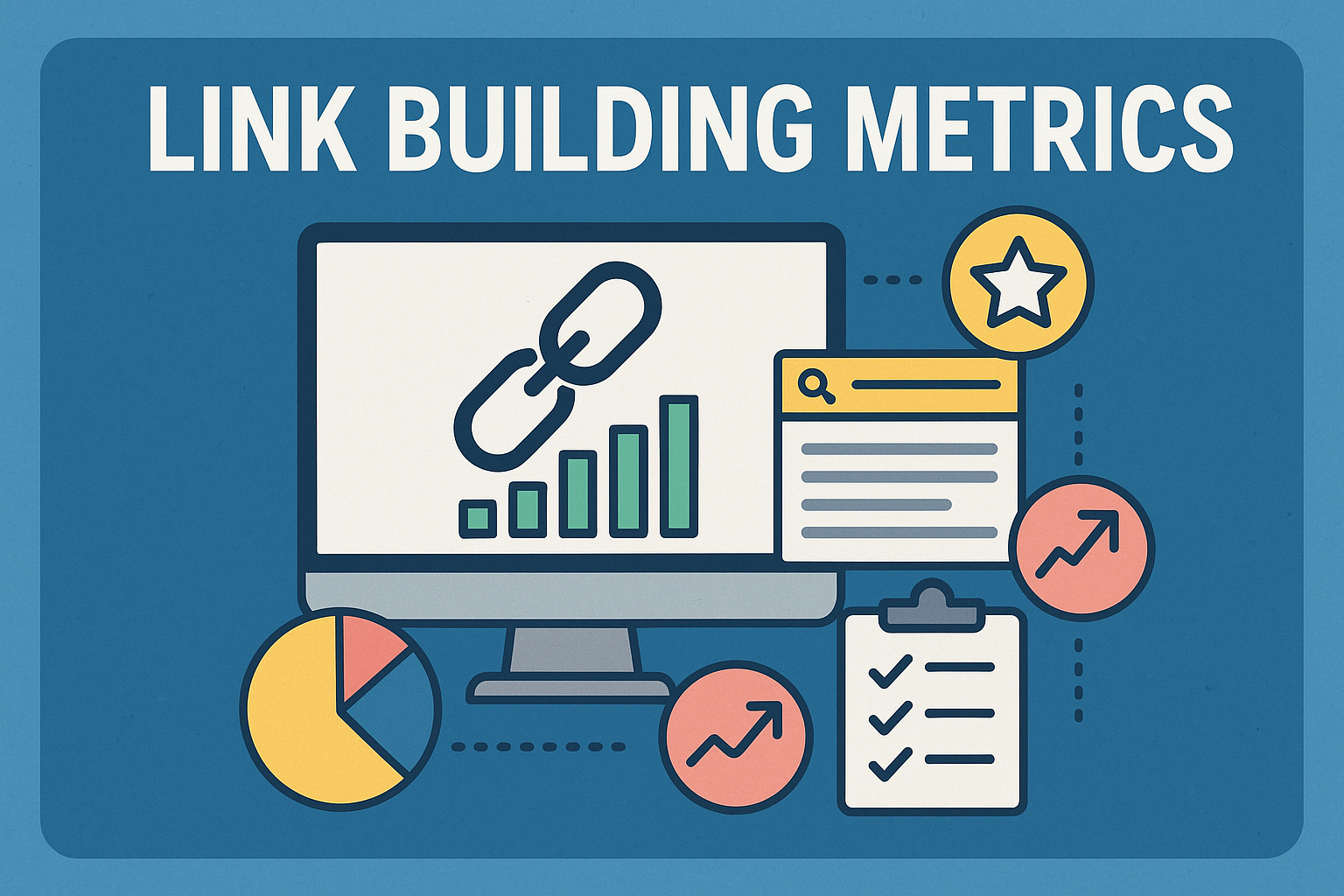
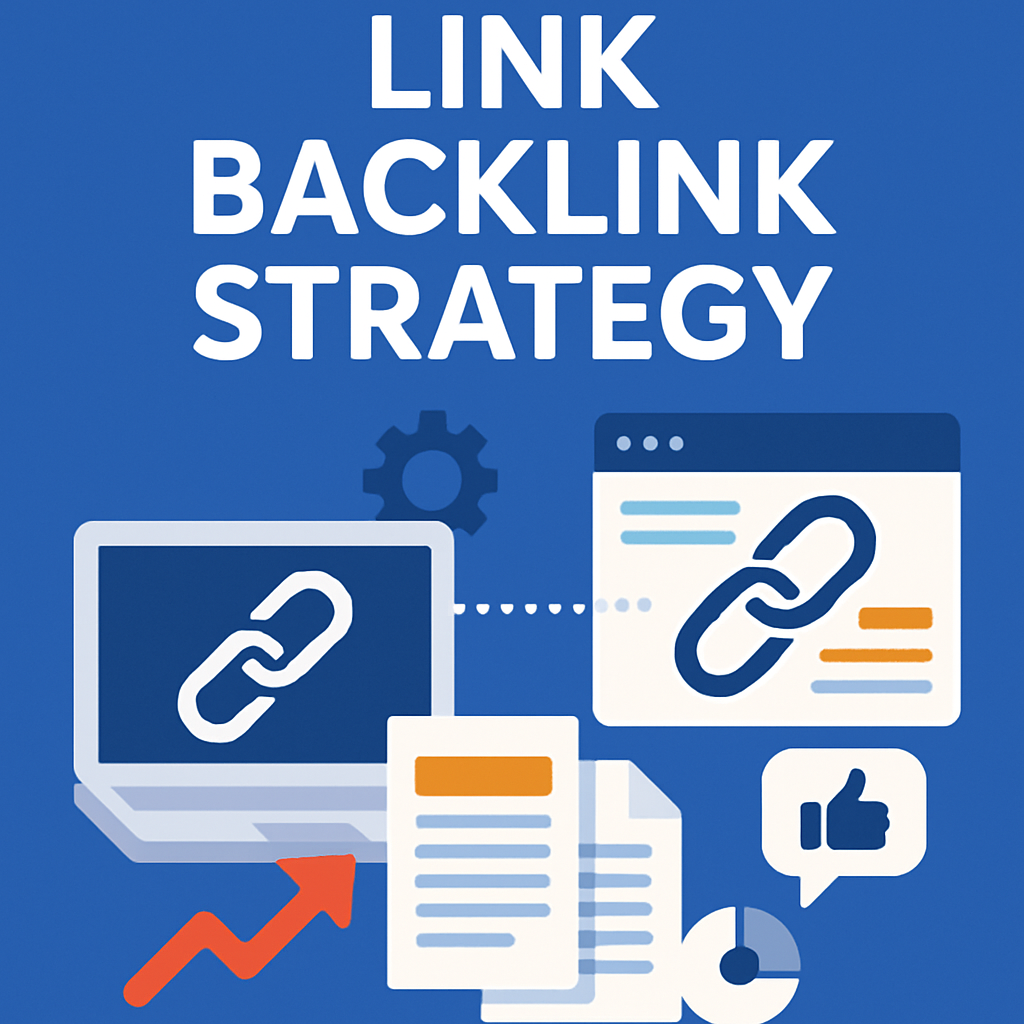
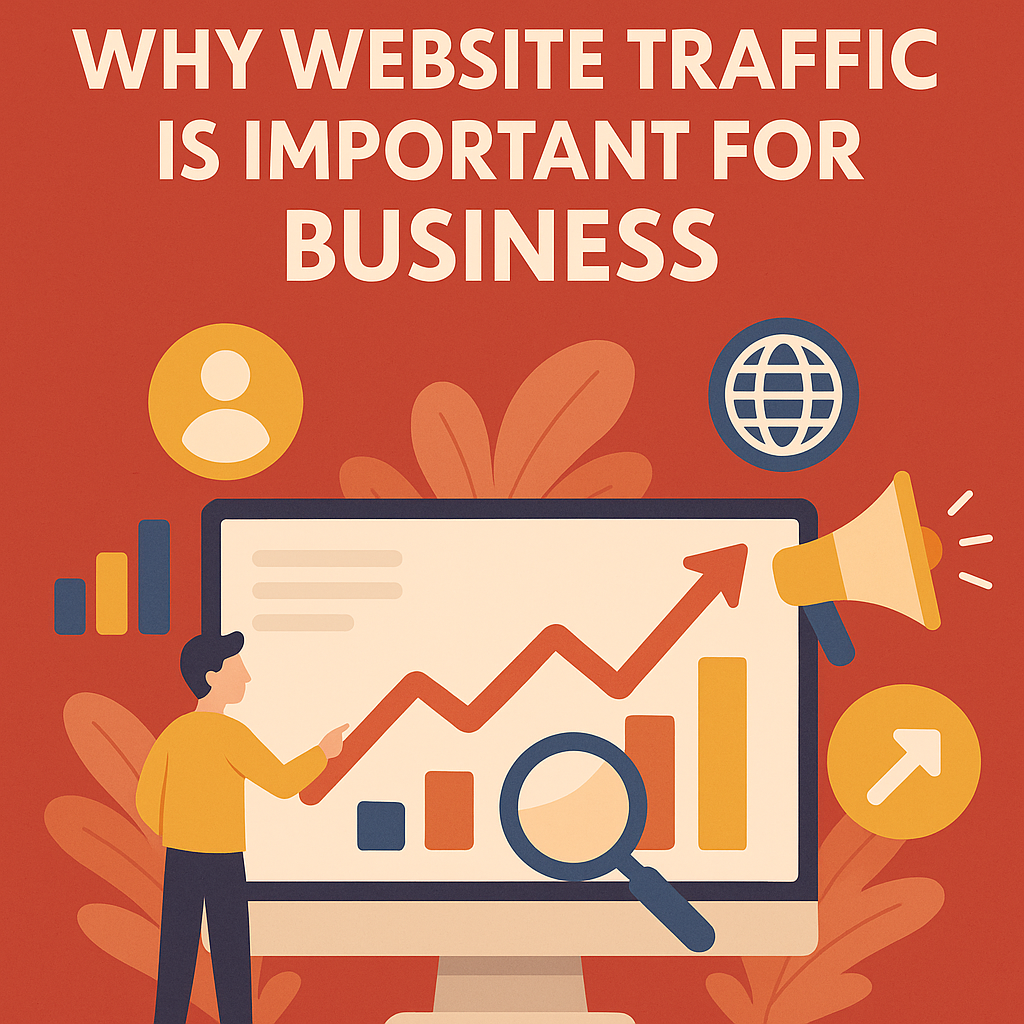

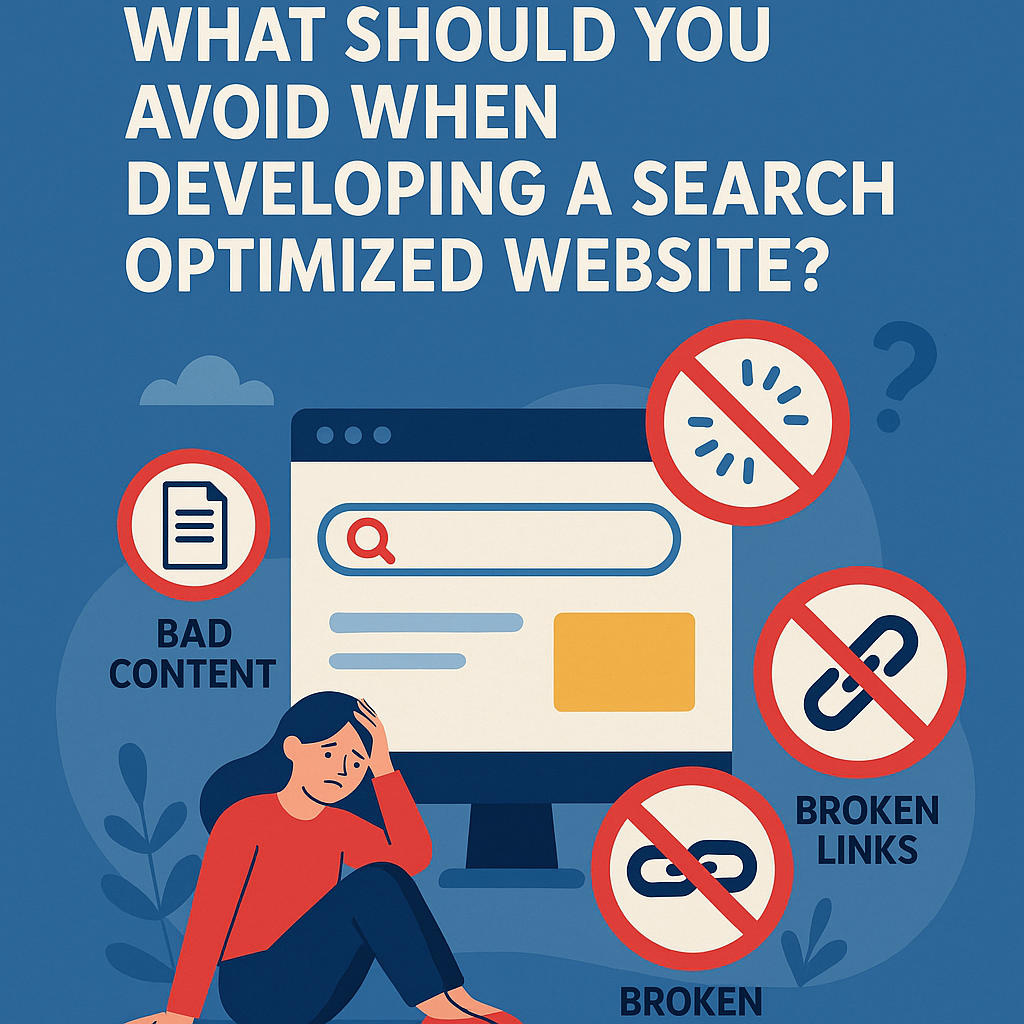
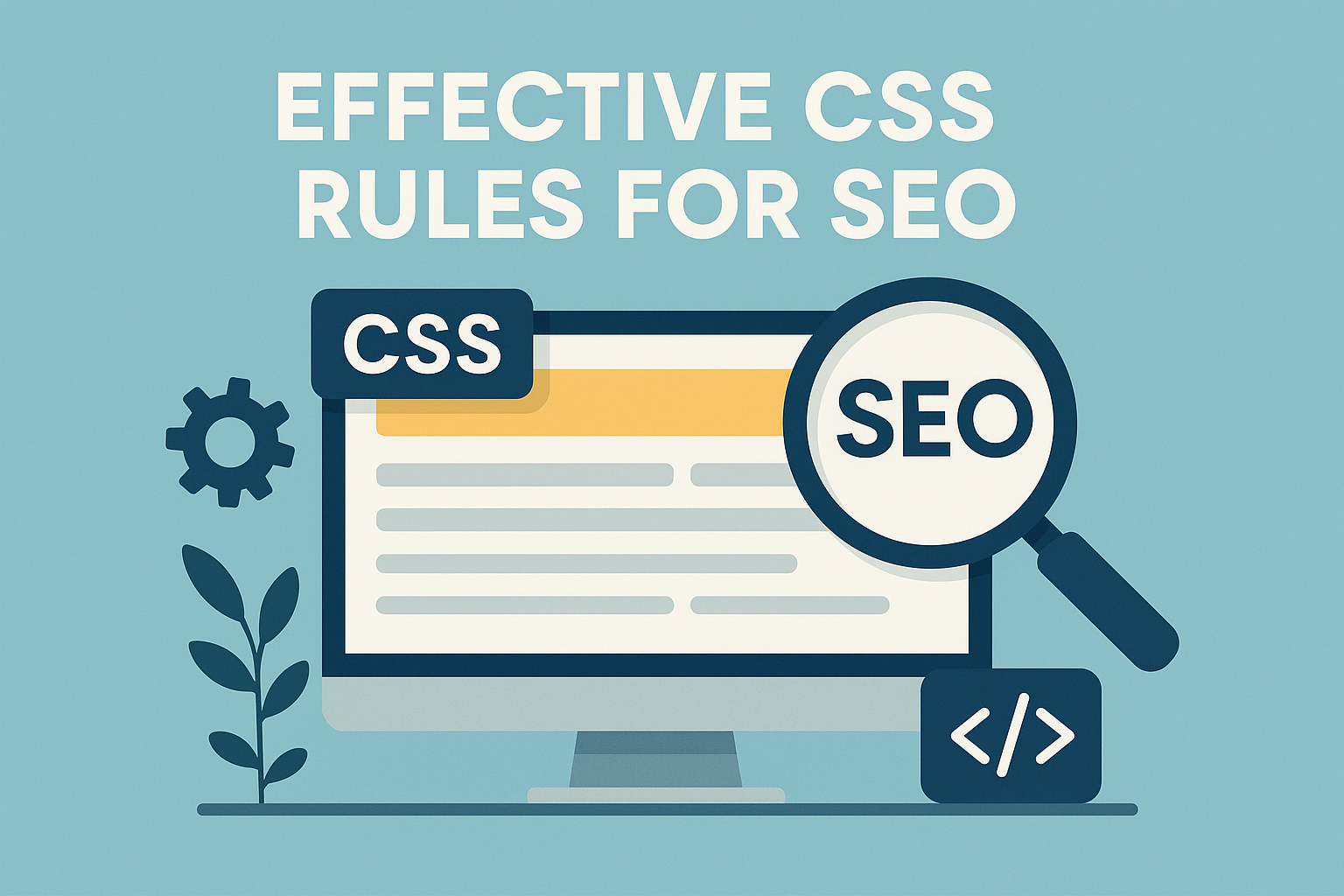

![What To Do After Keyword Research [2025 Guide]](https://backlinkmanagement.io/wp-content/uploads/2025/05/What-To-Do-After-Keyword-Research.png)
![Is Page Speed Really A Ranking Factor? [2025]](https://backlinkmanagement.io/wp-content/uploads/2025/05/Is-Page-Speed-Really-A-Ranking-Factor.png)
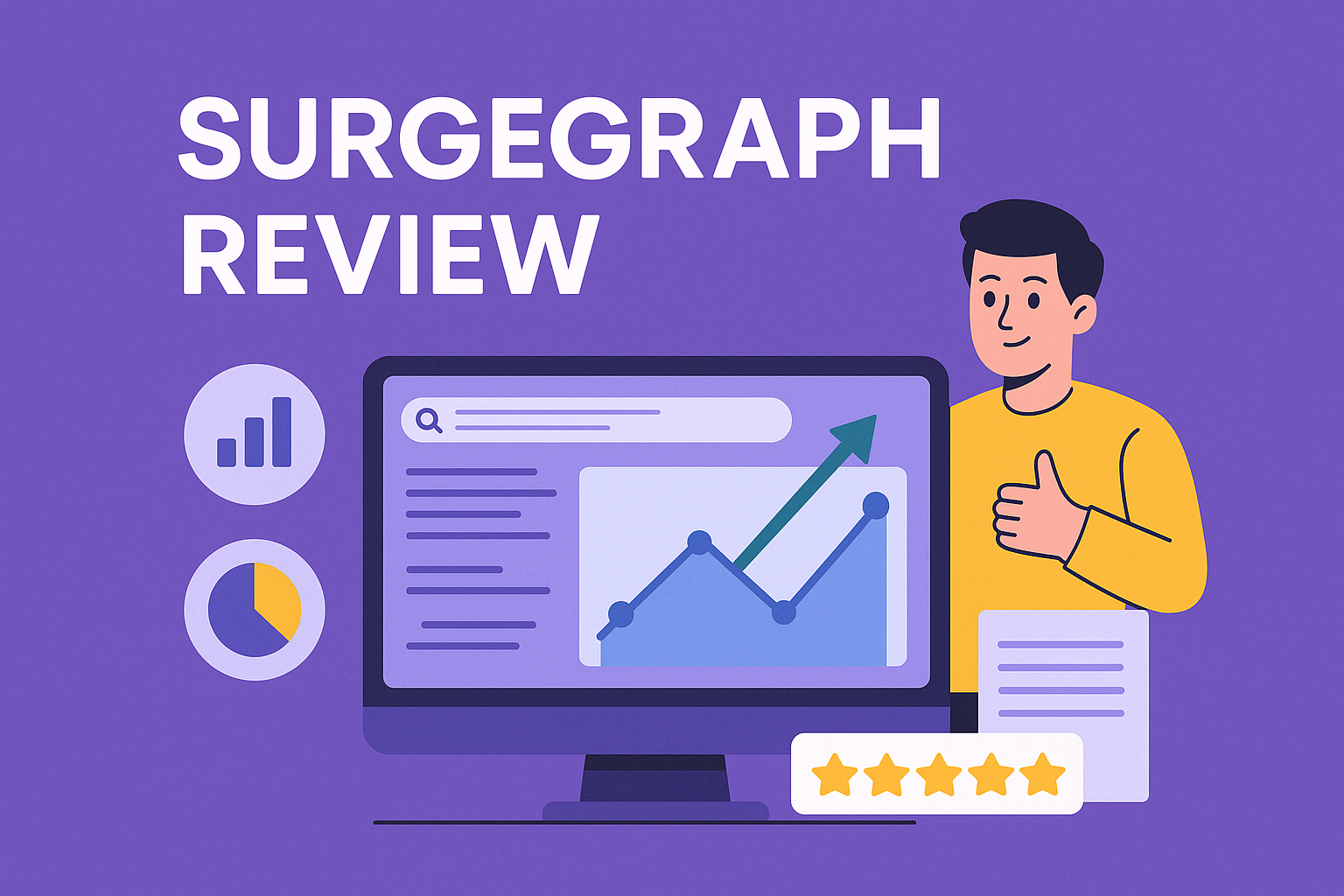





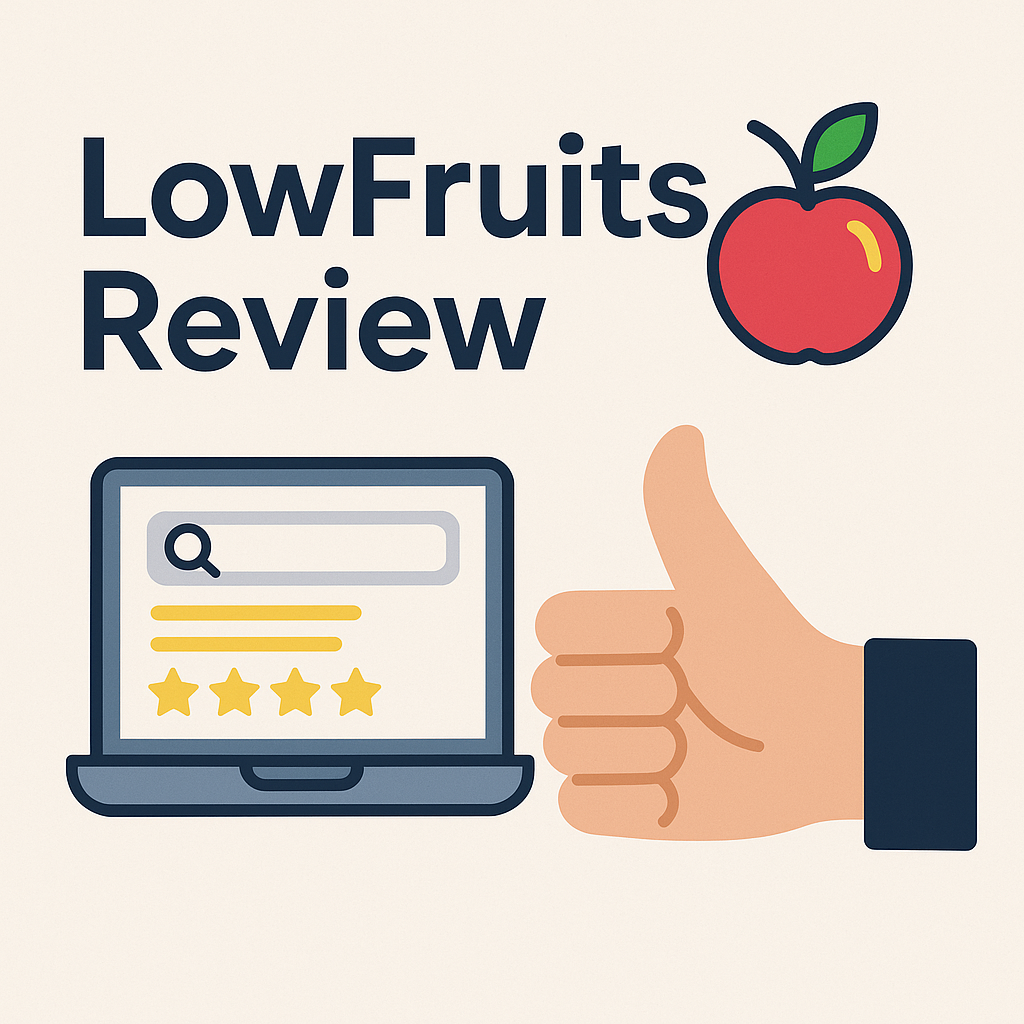

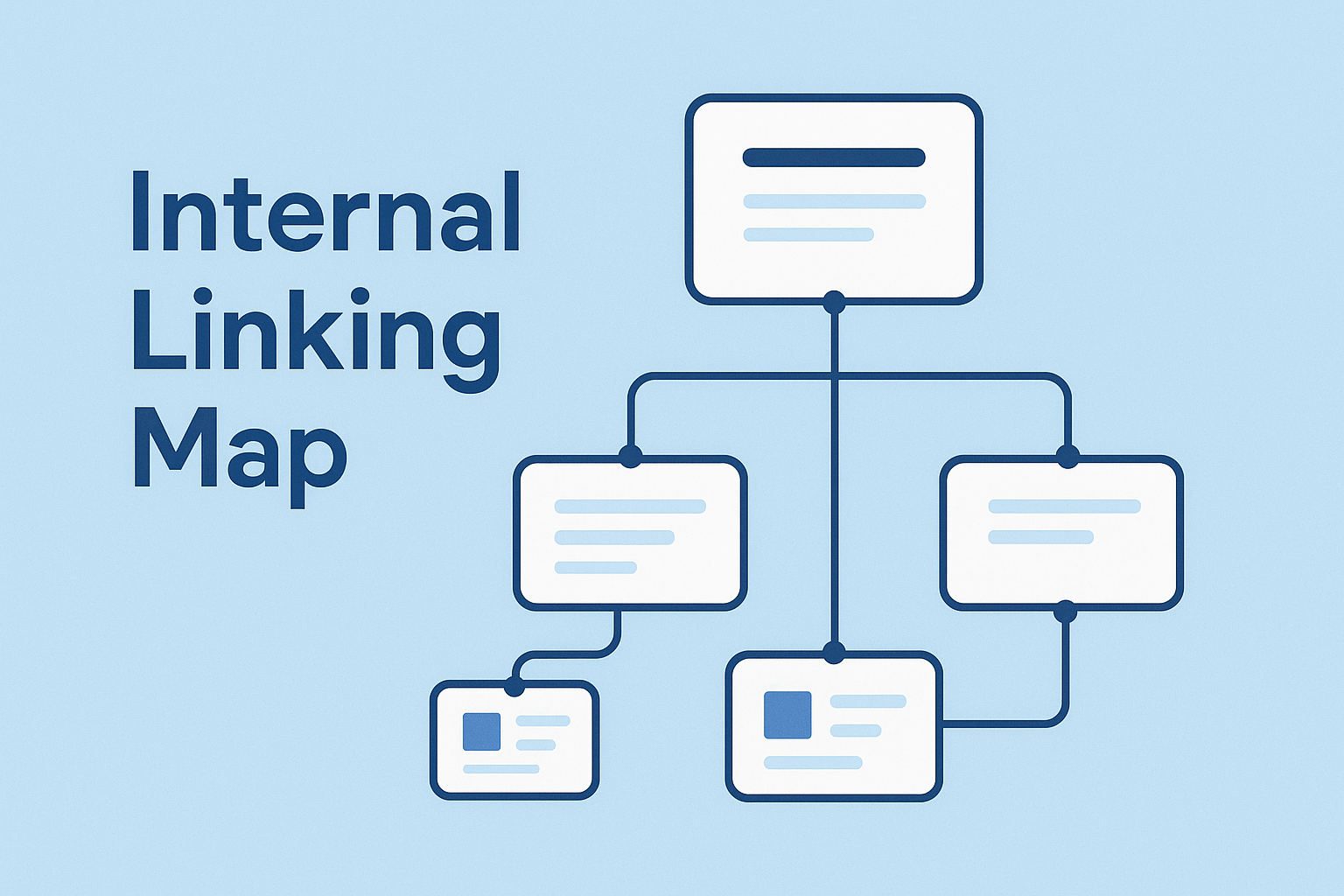

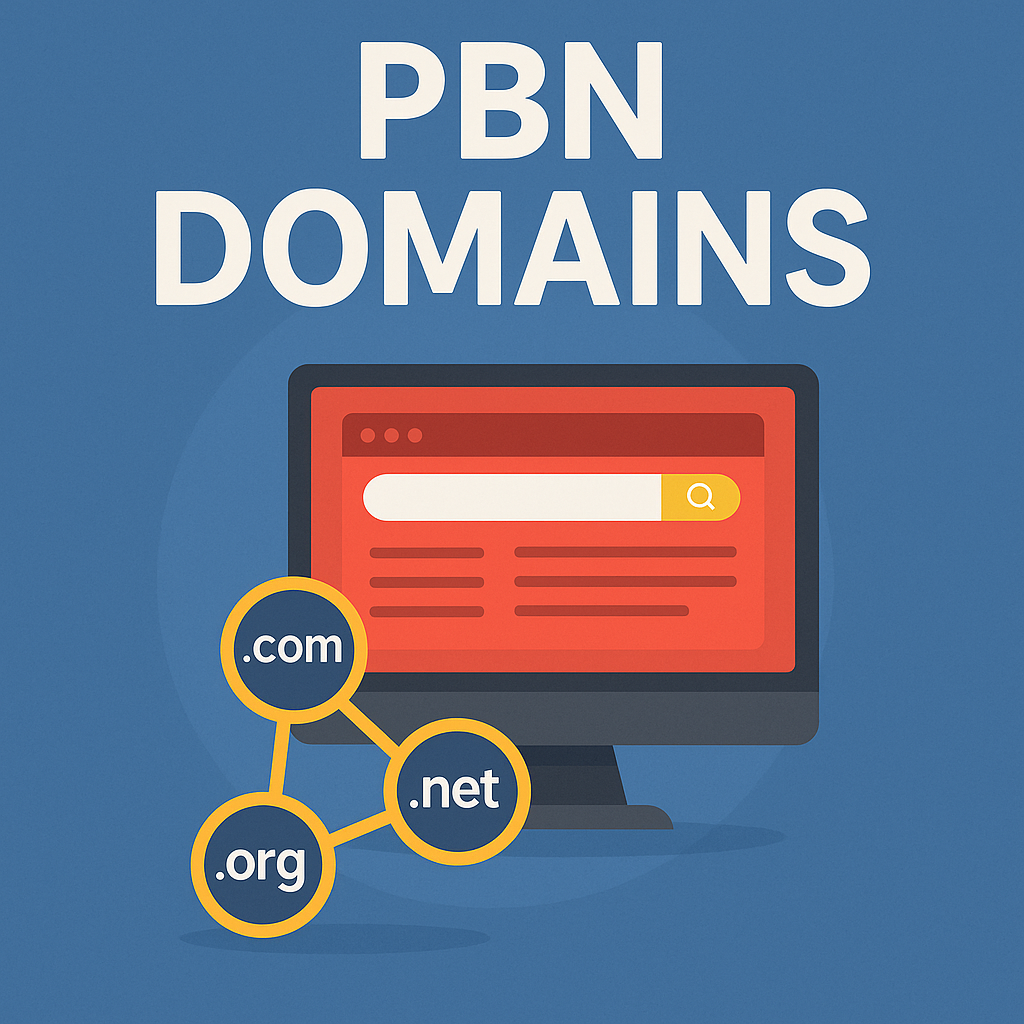

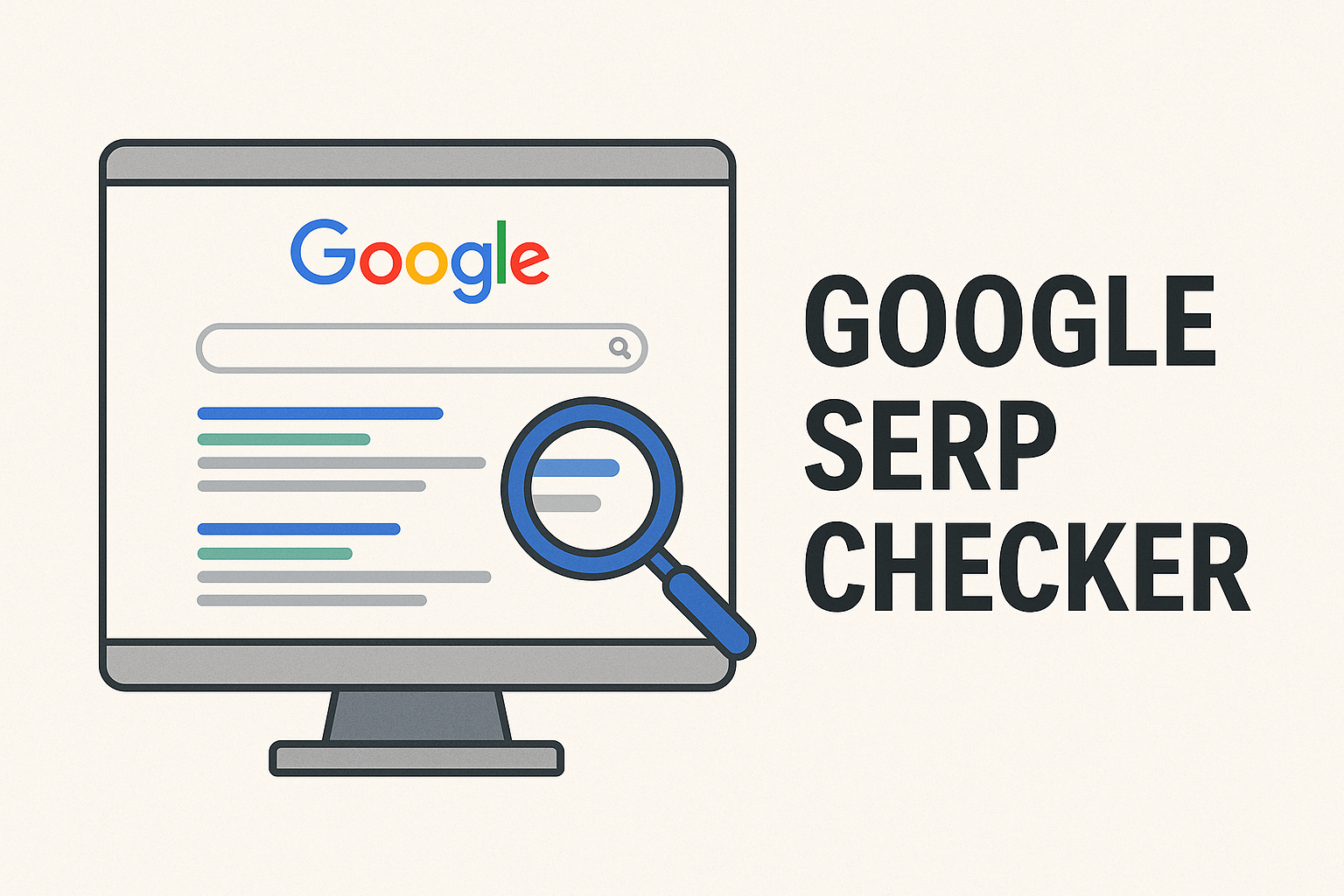



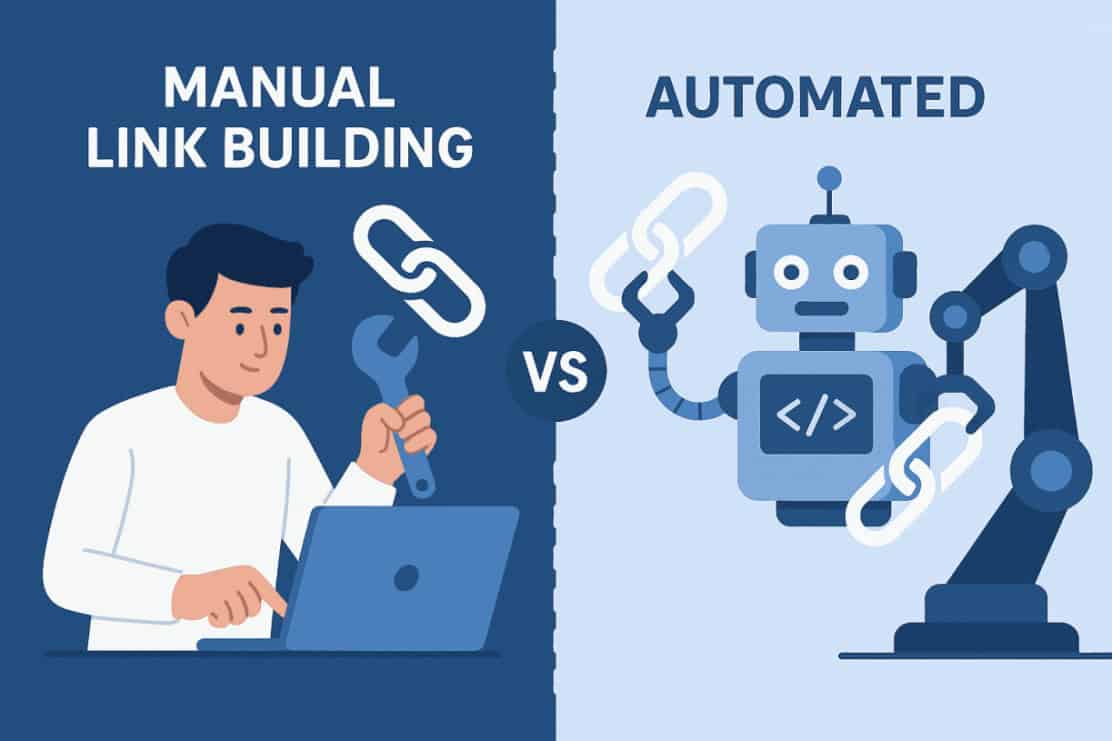

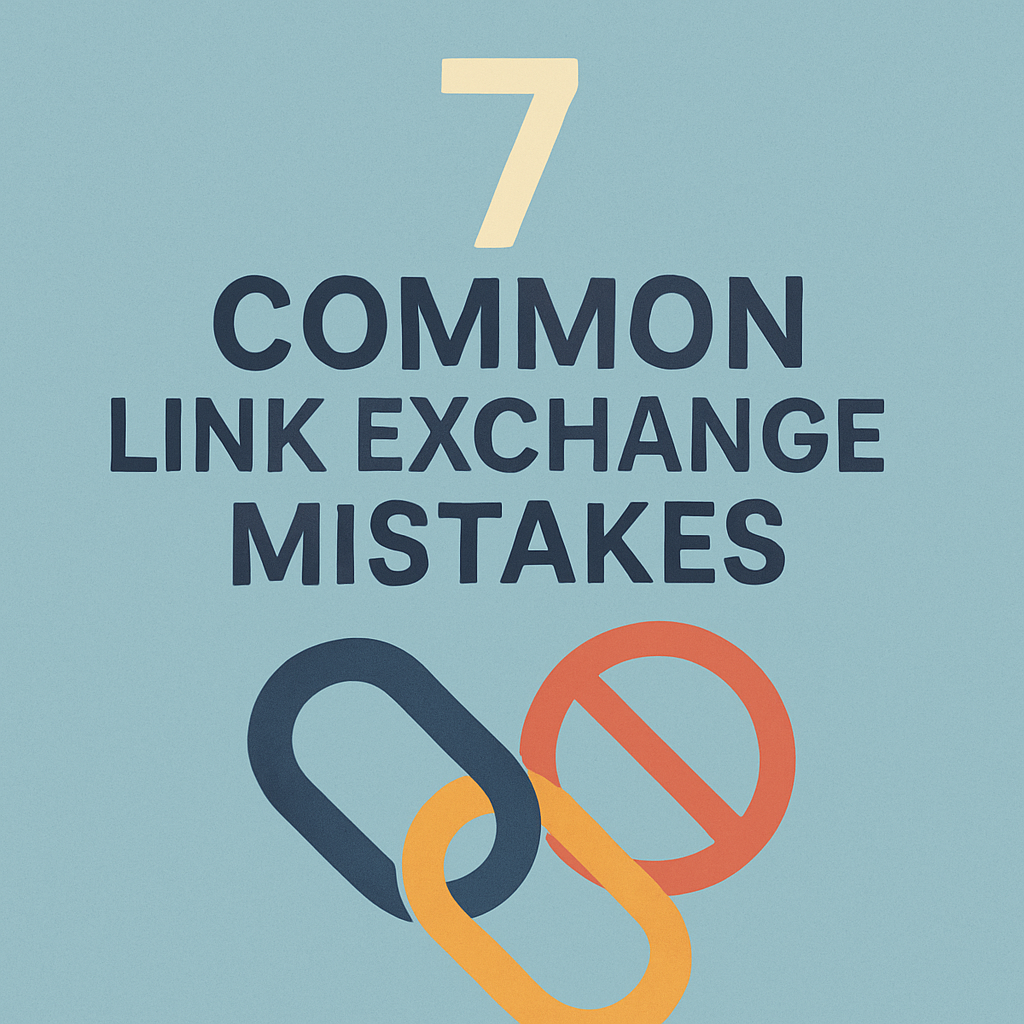
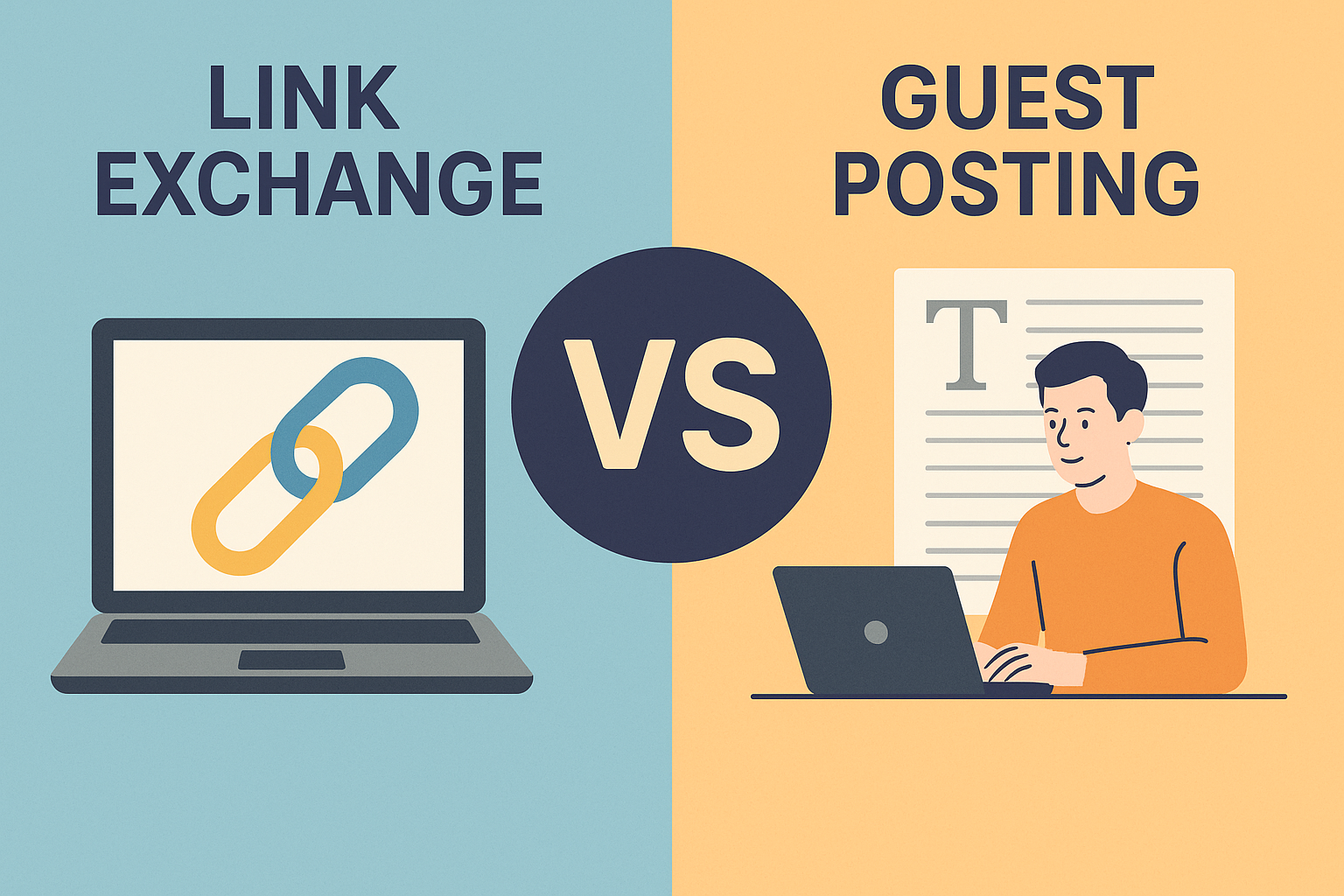
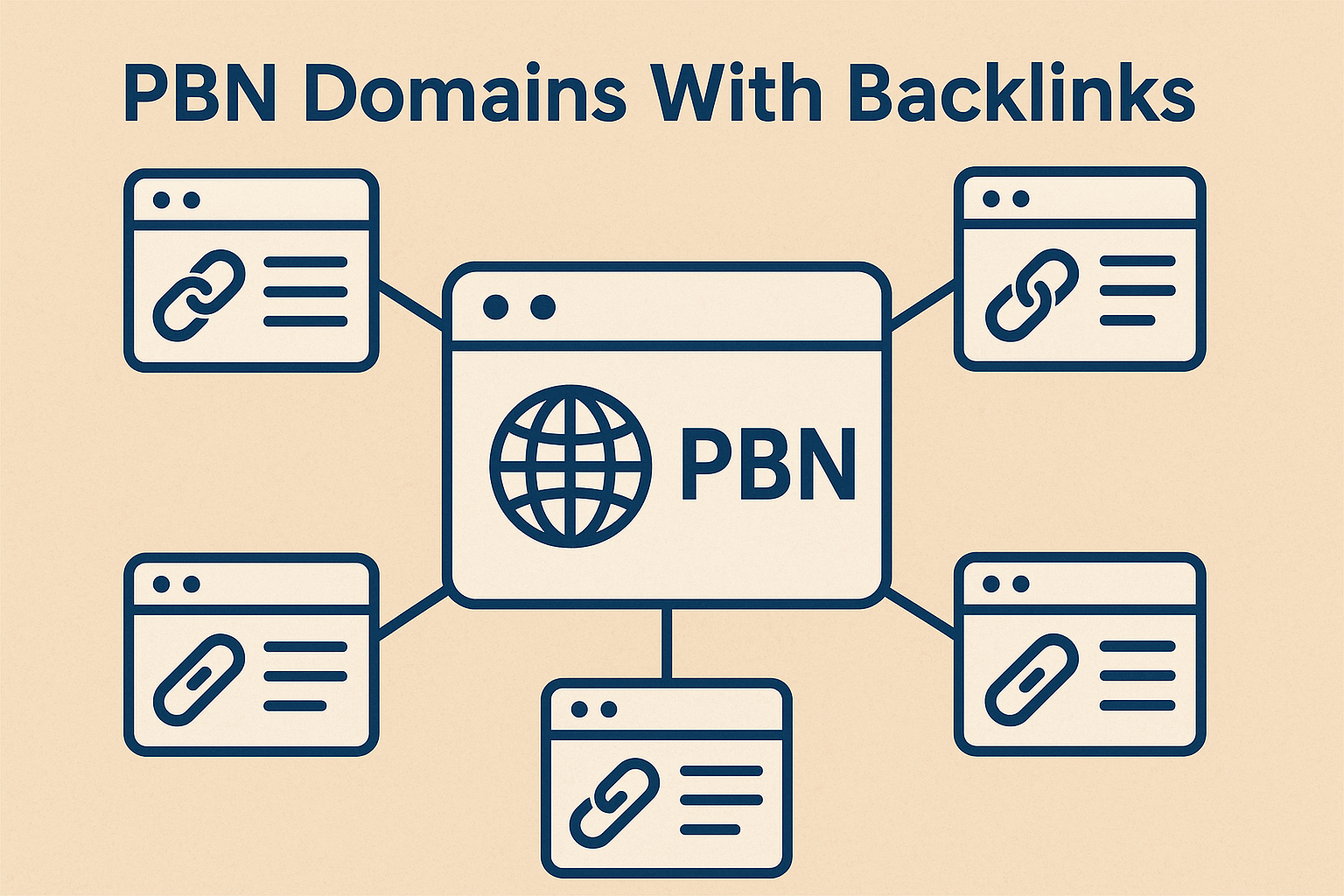
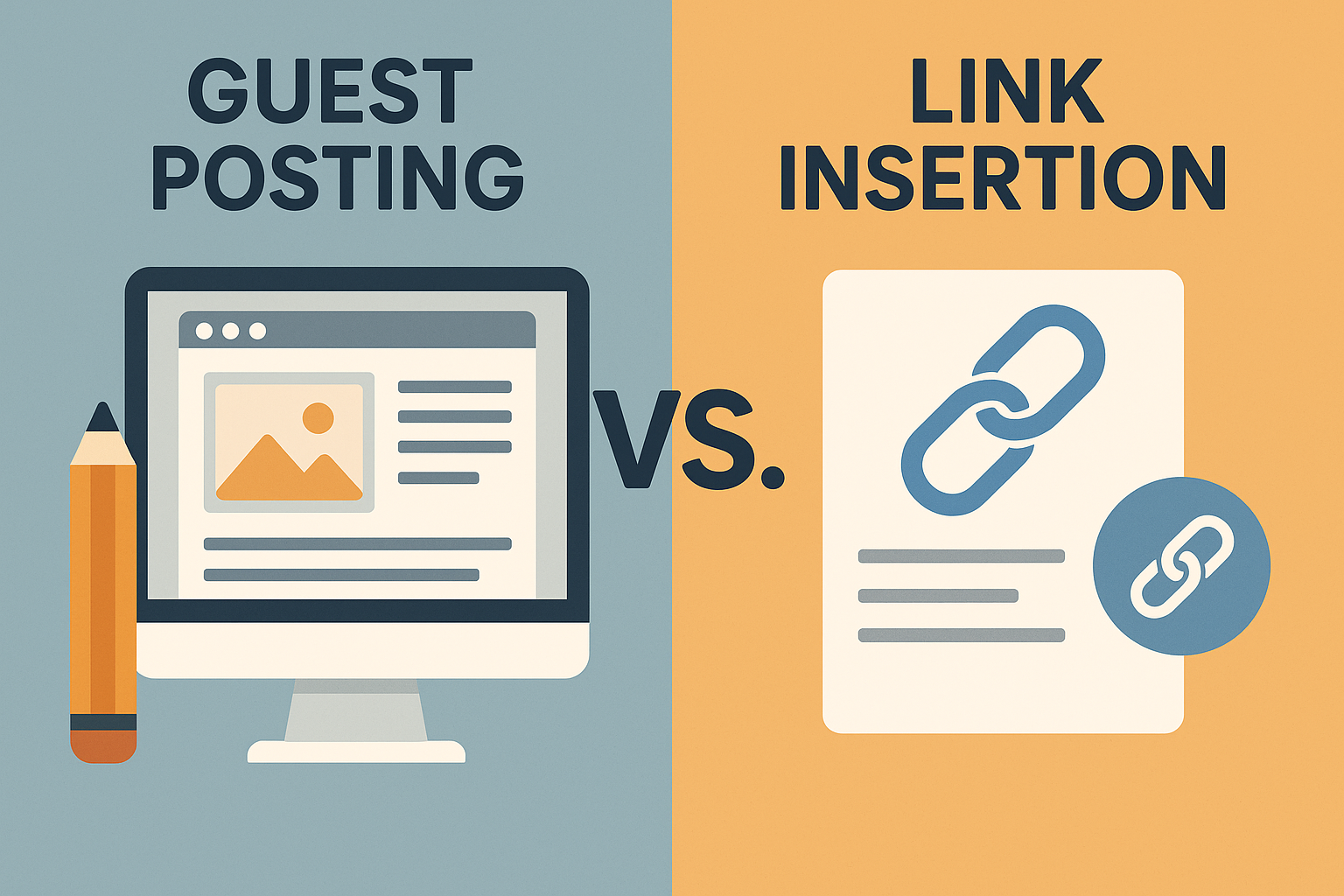

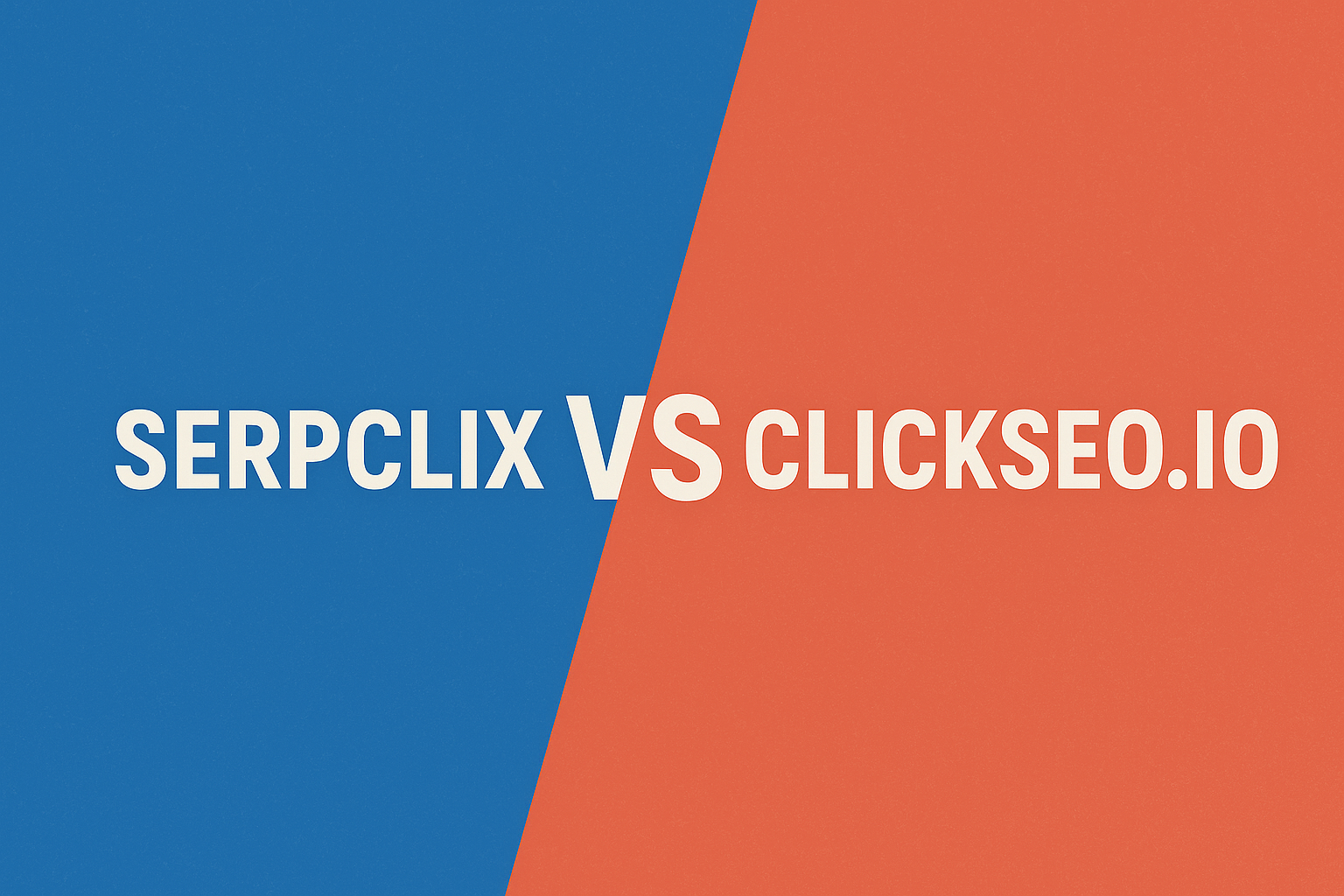
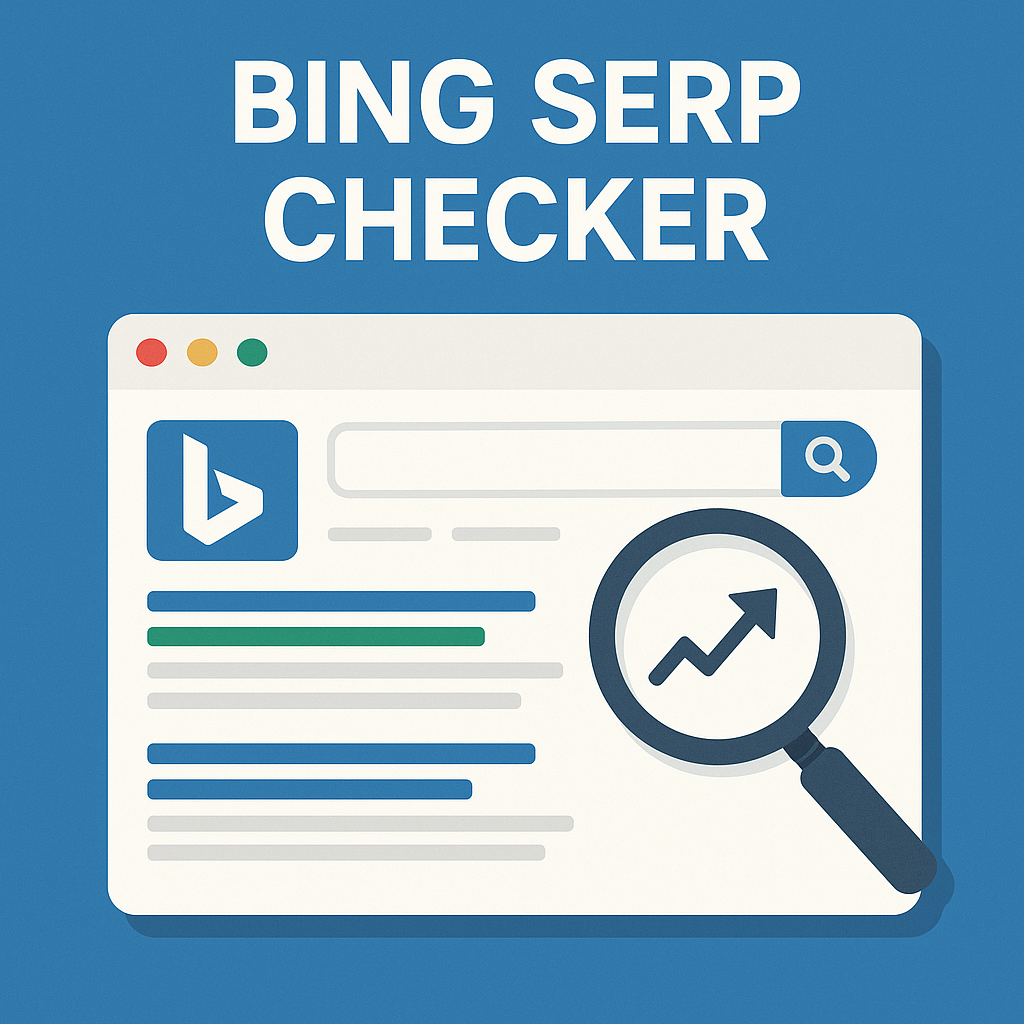
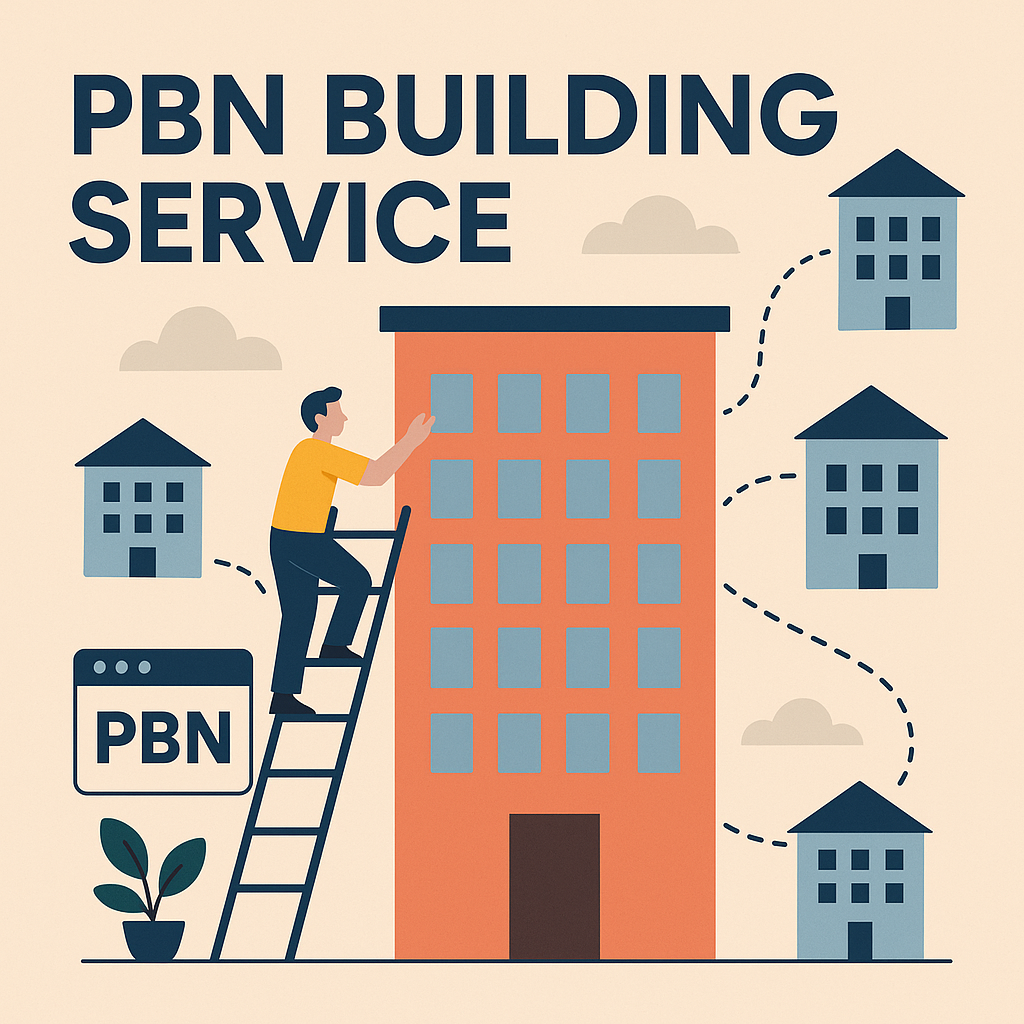
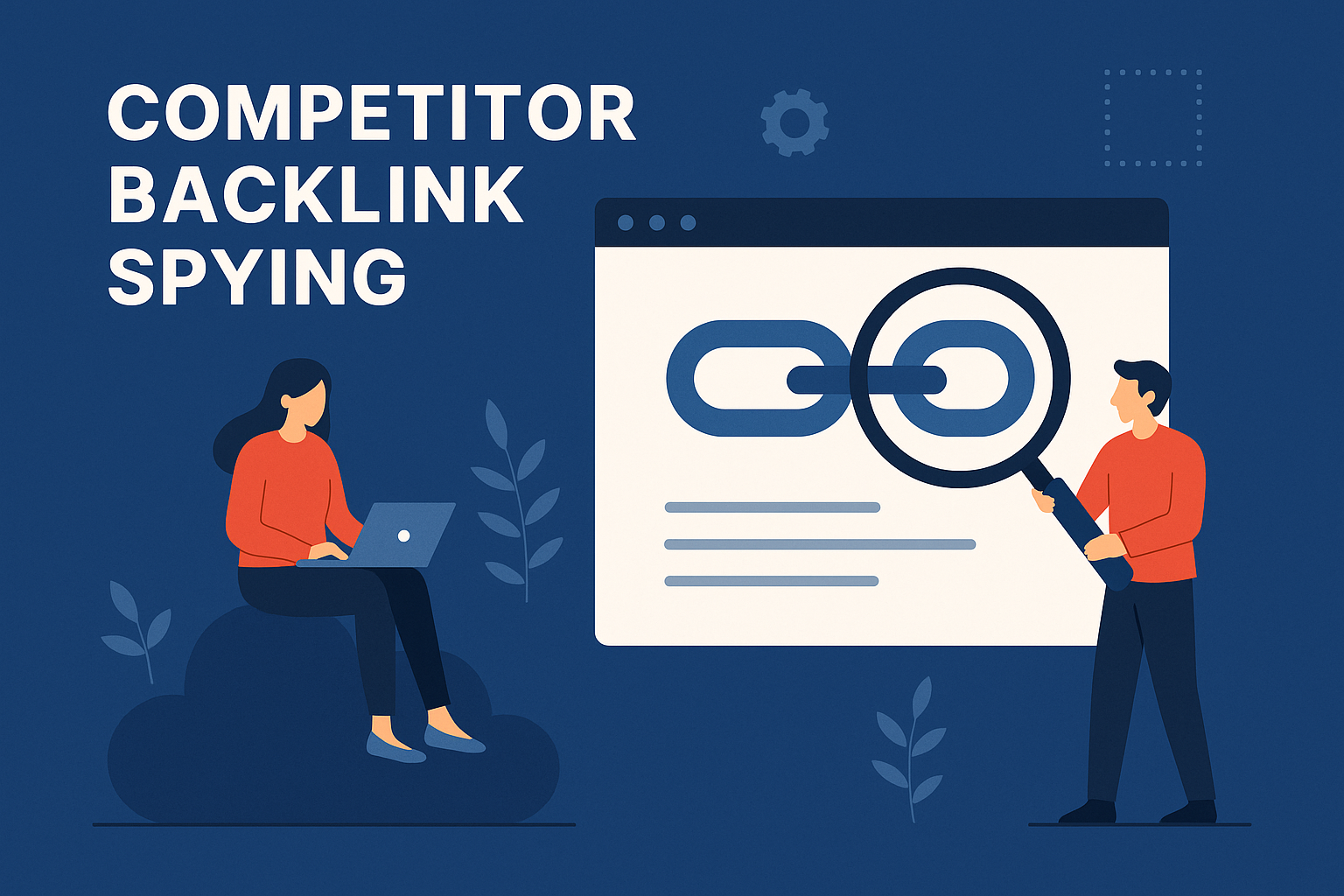
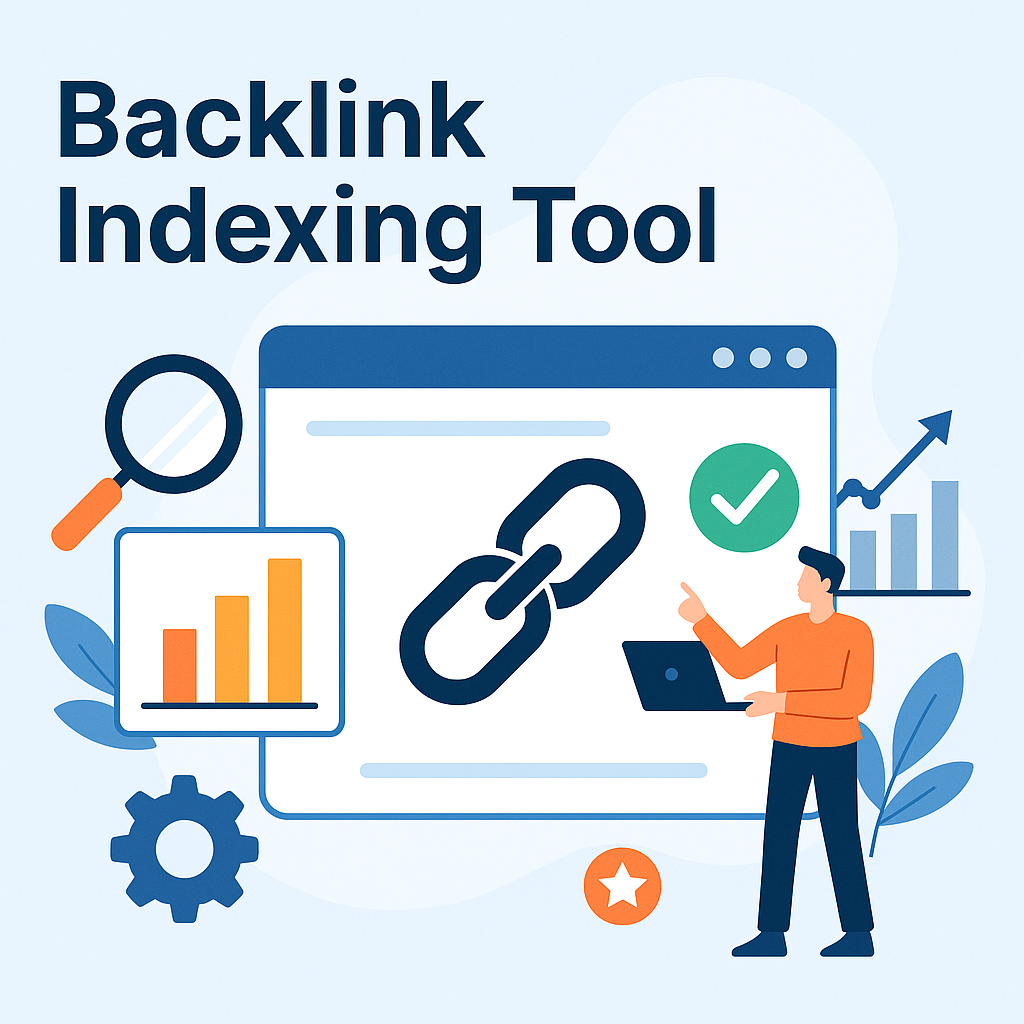




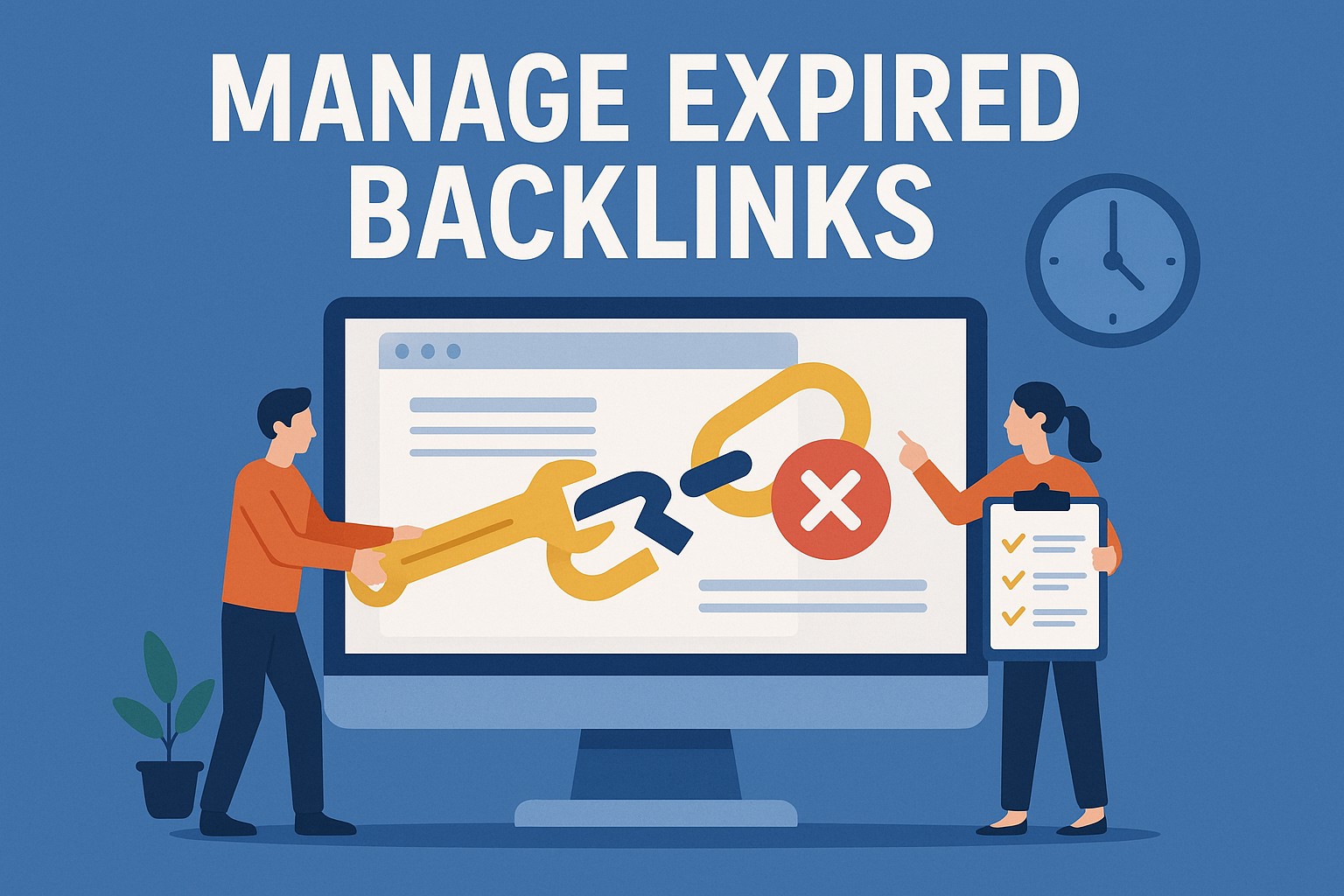

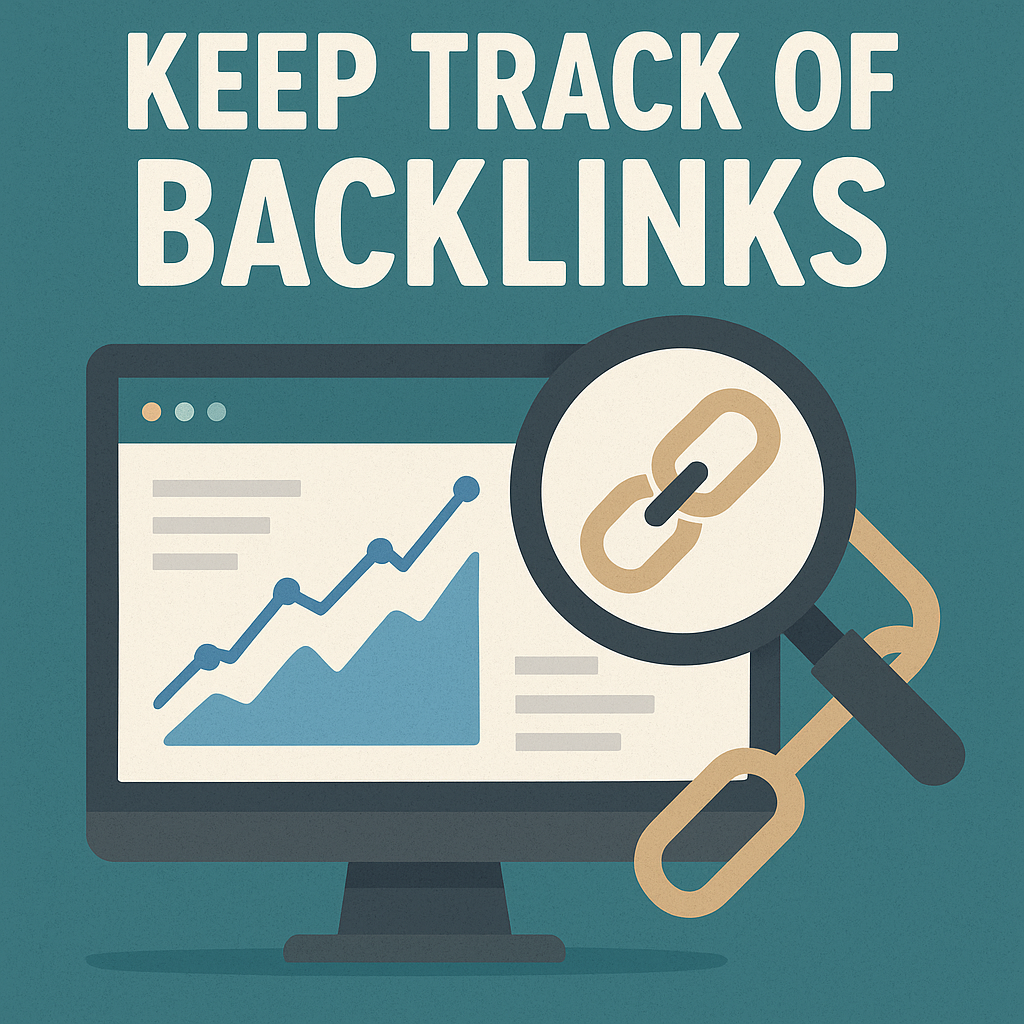



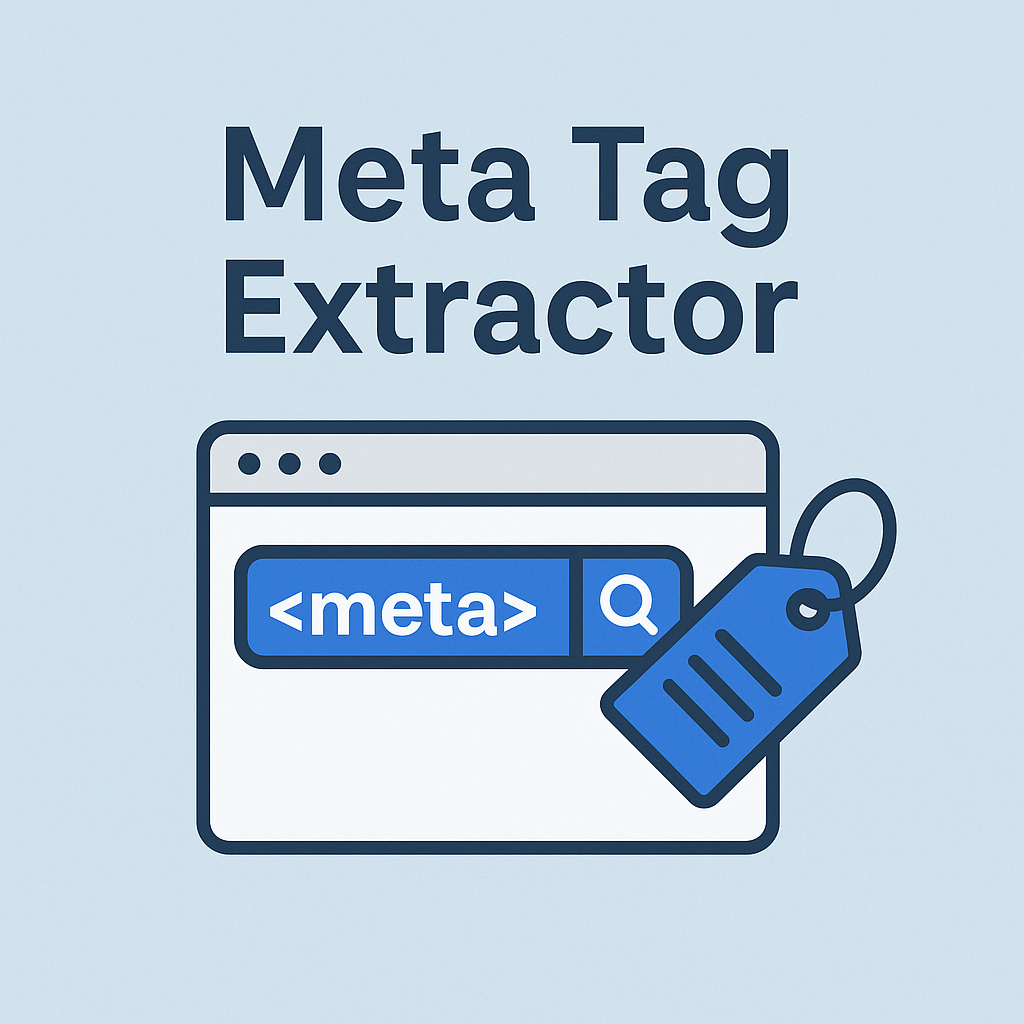
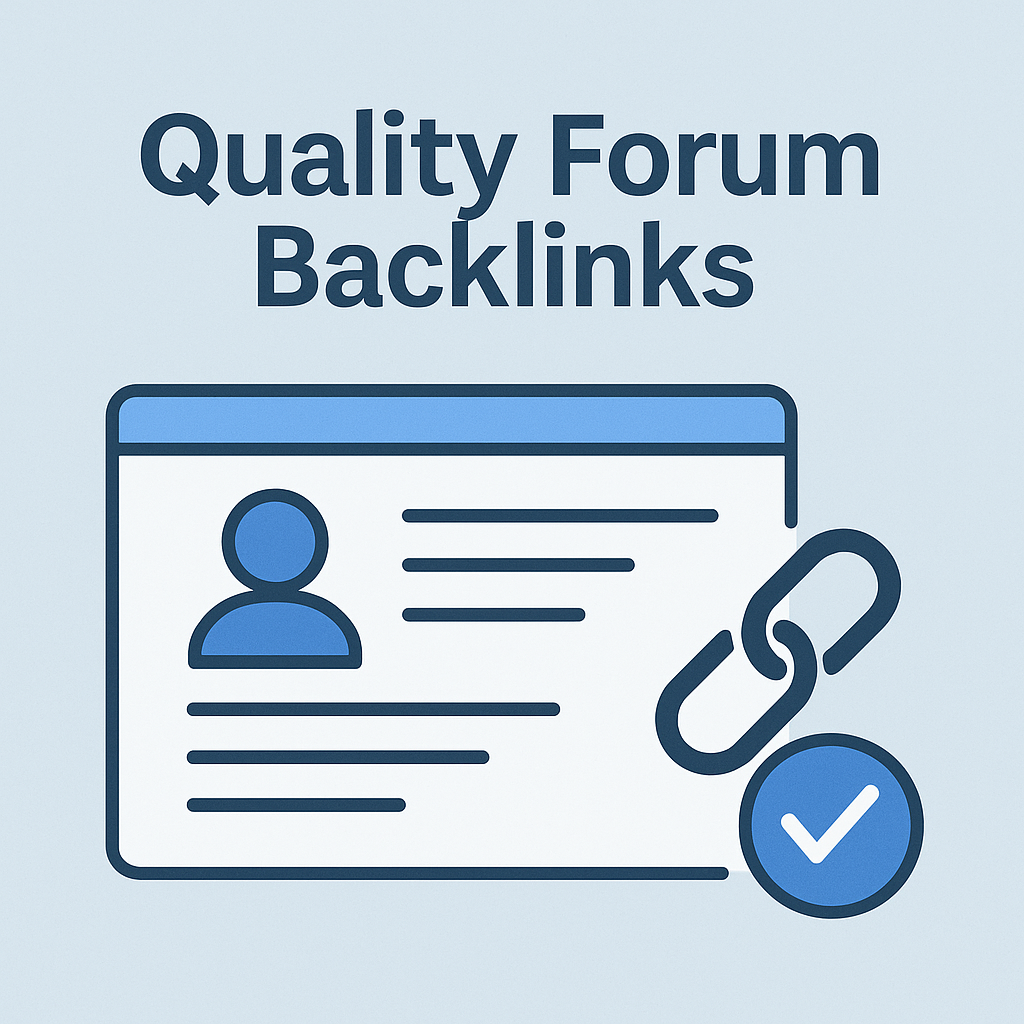
![Best Link Exchange Sites [Free & Safe] – Top 5 Picks](https://backlinkmanagement.io/wp-content/uploads/2025/04/Free-Link-Exchange.png)
